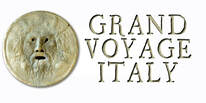Strange Places in Italy: The Cretto de Gibellina, A Concrete Colossus Artwork Covering a Ghost Town2/26/2016 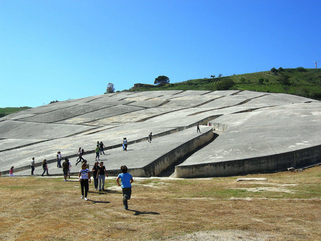 Ever since the Greeks and Romans ruled Italy, they have built monuments that have lasted for several millennia--many using concrete. Concrete type materials were used by humans for over 6500 years in Syria and Jordan. Hydraulic lime with cementing qualities were in use by 700BC. The ancient Romans discovered that adding volcanic ash to the mix allowed it to set underwater. In Rome, the huge domed ceiling of the Pantheon is made entirely of unsupported concrete. Romans added hair to prevent cracking and blood to make it frost resistant (hopefully, not human!) It should be no surprise that Italians are still using concrete, often in unusual ways... One example of this can be see from space on Google Earth: The Cretto de Gibellina (the Crack of Gibellina) in central Sicily. Also known as Cretto di Burri (Crack of Burri), named after Alberto Burri, the artist who created it, it is a half mile square work in concrete which resembles the cracking that appears in dried river mud. It was installed at the original site of Gibellina, a village that was completely destroyed by a 1968 earthquake. It looks as if the artist meant the cracks to represent the cracks in the earth and the lives of the people of Gibellina. In actuality, Burri covered the actual footprint of the buildings in the original town, while leaving the streets as pathways throughout the concrete. (The town of Gibbellina was relocated and christened Nuova Gibellina 20 kilometers away.) Being truly a monument to the town and the 1150 lives that were lost, the concrete installation actually contains the building rubble including furniture, utensils, and toys. Walking the "streets" visitors feel the emotions of the loss. 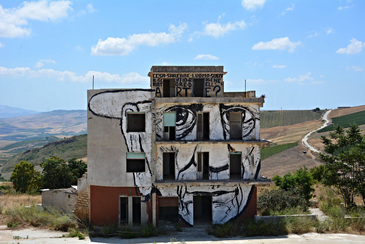 This unusual piece of modern art is worth the visit, as are many so-called ghost towns throughout Italy that have been abandoned after being destroyed by earthquakes. There are often recitals, other artists' installations, dance performances as well as the ruins of village buildings painted by other artists. It's like walking into a futuristic, post-apocalyptic film like Mad Max. The work was left unfinished after Burri ran out of funds in 1989, but in 2015, to honor what would have been Burri's 100th birthday, funding was found and his work was completed... made obvious by the much whiter colored concrete in one corner of the site.
2 Comments
Take a funny look at the challenging driving on the Amalfi Coast in this video Lisa shot while heading toward Salerno and onward toward the mountains of Basilicata. The Amalfi Coast Road is curvy and very narrow with the cliff on one side and nothing but air and sea on the other. When researching the Amalfi Coast Road, I read that the buses are specially made--narrower than normal buses. Don't you believe it! They are every bit as wide as large tour buses in the States. When driving the Coast Road you with share the road with them... along with center-lane scooters and motorcycles (the line in the middle IS their lane it seems), cyclists (often going faster than you), teeny cars hugging your butt so close you can't see them in your mirrors, and huge, double tandem 18 wheelers! And there are more than a few pazzo Italian drivers passing on blind curves (often with a quick beep beep of their horn as they come around) and crossing over the line. Another danger is cars, trucks and buses parking on the side of a narrow road (most of Amalfi is a no parking zone along the roadside) that you'll have to get around while cars are coming toward you. In some places they are starting to introduce alternating stop lights, giving the east and west bound traffic each their turn on especially narrow stretches. But don't trust this too much... Italians are notorious for ignoring both traffic laws, signs and lights. Enjoy this video and then if you like, check out the rest of our experiences during our three week Voyage through Italy. As for driving the Amalfi Coast Road... I did it! I don't have a medal to prove it, but I surely deserve one! The driving was intense--more than you can imagine--but the pleasure of seeing the beauty all around the Coast Road was like living in a dream... Enjoy the video... For more on Amalfi Coast area and driving, read these posts:
Visiting Pompeii: A Road Too Far Amalfi Coast Drive: Part Paradise - Part Hell Hertz Really Hurtz and the Sewer the is Naples: Renting a Car in Italy Ok, Hold Your Breath, 'Cause this is Really Gonna HERTZ! Renting cars in Italy --Jerry Finzi You can also follow Grand Voyage Italy on: Google+ StumbleUpon Tumblr OK, so you're in Rome on Valentine's Day and you want to make the best of it. The balmy weather (with typical temperatures around 50F or above) helps make this a great choice for a romantic getaway. But visiting the Colosseum, with thoughts of lions eating slaves isn't a great place to inspire passion, so.... where to go? First how about a spot with magnificent views of Rome and St. Peters Basilica? That would be the Giardino Degli Aranci--the Orange Gardens behind the Basilica of Santa Sabina. It's free (if you're a cheap date) but the views are unparalleled in all of Rome. You can walk up to it from the Circus Maximus or take a taxi. Try to plan it around sunset... the colors will enhance your romantic time spent there.  The next spot is classical in its beauty--the Villa Borghese. Most tourists go for the art in its museum (much of which can inspire passion), but I suggest you stroll around the incredible garden and find your own special spot. There are hidden paths, great views at sunset, fountains and loads of benches to settle in and wrap your arms around your lover. One of the prettiest bridges to take your amante is the Ponte Sant'Angelo with fantastic views of St Peters and Castel Sant'Angelo. At night, the lights reflecting off the waters will reflect in your amante's eyes. It's been called the Kissing Bridge because of all the lovers smooching it up there. The Trevi Fountain is my next suggestion. Sure, it can get crowded. Of course, it's an overdone cliché to toss a coin over your shoulder guaranteeing your return to Rome. But it is romantic, especially if you visit after a late supper when it's lighting has full effect. Go ahead... toss a coin to hedge your bet that you'll both return to Rome someday where you both fell in love. But there is another, lesser known small fountain on the left corner, just as Piazza Crociferi opens up, that offers another magical legend for lovers: Couples that drink from it are said to remain together for a lifetime. Well worth a sip with your lover. If you are already engaged and are Roman Catholic, are are already attending your Marriage Preparation courses with your parish, consider a "private" audience with the Pope himself on Valentine's Day held in the Paul VI Hall. This event is called The Joy of Yes is Forever, will take place on February 14th: at 11:00 AM. Not exactly a "private" audience (thousands attend), it still would make a memorable Valentines Day for you and your intended to share. You can register by writing to [email protected] Strolling along the banks of the Lungotevere in Rome is something that lovers--young or old--can't miss. At one time, there were muddy beaches along the river that always flooded the city, but the construction of the Lungotevere's massive massive walls changed all that. Today the Lungotevere used by joggers, picnickers and people taking their evening passiaggiata (stroll). The Tiber River reflects the lights of Rome and offers a romantic atmosphere best at sunset or twilight. I suggest a stroll near the Isola Tiberina alongside the Trastevere neighborhood. You can a great dinner in Trastevere (my favorite Roman area) and go for a stroll afterwards. Or for daytime, pack a picnic lunch and lay out for hours at the point of the Isola with views of Ponte Rotto, the ruins of the oldest bridge in Rome. 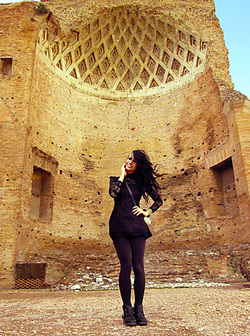 If you consider your Lady Love as being akin to the goddess Venus herself, perhaps you'd like to propose to her in the Temple of Venus. This ancient temple sits in the open on the Velian Hill at the east side of the Roman Forum. This is considered to be ancient Rome's largest temple with one side being for Venus, the Goddess of Love, and the other side for Roma Aeterna--Eternal Rome. It's a fantastic place to make your own history by pledging your love to your Venus for as long as Rome lasts. Love. Even the Italian government has a heart... If you and your other half are both enamored by classical art, then you can save some money thanks to the Italian Ministry of Heritage and Cultural Activities and its annual Innamorati dell’Arte, or In Love with Art offering for romantics who need visual stimulation for their Valentine's Day interlude. On the 13th and 14th of February each year, lovers can visit the national museums and archaeological sites in Rome and get a two-for-one price. 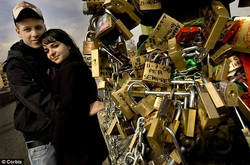 Lock your love and throw away the key into the eternal Tiber River. The Italian author, Federico Moccia started this craze with a scene in his novel Ho Voglio di Te (I Want You). In the story, lovers tie a chain and a padlock around a lamppost on the north side the Ponte Milvio and throw the key into the Tiber River below. Although Rome authorities keep removing the hundreds of thousands of padlocks (fearing the bridge would collapse), lovers are still writing their names and messages on padlocks and locking up their love in defiance. After all, when in Rome, do as the Romans do... live and love to the fullest! Dammi la tua mano e corriamo uniti per tutta la vita
Give me your hand and we will run together our whole lives. You Must Remember This: A Kiss is Still a Kiss, but a Baci is a Healthier, Loving Chocolate2/2/2016  20 Baci inside 20 Baci inside For Valentines Day, and every other day of the year, for that matter, all lovers want a kiss. A kiss is a kiss... but perhaps a chocolate one is even better. But at the beginning, this kiss might have turned out to be a Punch if the Italian chocolate company Perugina had kept its original name of Cazzotti (Punches) for it's choco-bites. In fact, the original Cazzotti bonbon was really a punch--it was the size of a fist! Of course, history was made when they changed the name to Baci--literally, Kisses. In 1907, pasta maker Francesco Buitoni and his partners were expanding their company and started making Confetti (sugar-coated, multicolored almonds) and other confections. In 1922, Louisa Spagnoli, one of the partner's wife blended chopped hazelnuts with chocolate from some waste products and formed them into cylinders about the size of a small fist--the Cazzatto was born. A smart decision was to make the treat smaller and give them a customer-friendlier, non-violent name. There's nothing friendlier than a kiss--especially in Italy, so Baci were born. Sometimes simply Baci (Kisses) other times labeled Bacio (Kiss), the chocolate treats are made by Perugina, a chocolate company in the Perugia region of Italy--now owned my Nestle. In the town of San Sisto there is the Baci museum where you can see a history of chocolate, vintage cocoa mills and the BaciOne, a Guiness World Record setting 13,1583 pound single wrapped chocolate!  There are over 1.5 million Baci produced each and every day. Part of the reason is Italians' love of chocolate when combined with hazelnuts (See the History of NUTELLA article here). Unlike fatty, milk chocolate, artery-clogging Hershey Kisses (even their "dark" option tastes, to me, like milk chocolate), one can argue that having dark chocolate Baci a few times a week is actually good for one's heart health. (Check out the Health Benefits of dark chocolate HERE). Antioxidants in dark chocolate help to lower cholesterol and blood pressure, and then there's the extra good fat and protein in the hazelnuts. So, even though the Hershey's Kiss began in 1907, the younger Baci (1922) improved on the idea. 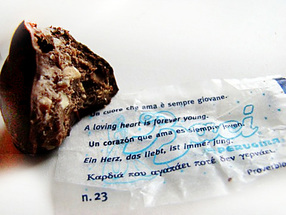 Back in the 1960s, Perugina tried to produce and another flavor by using green pistachio in the Baci. Much like when New Coke hit the market, the public revolted and the flavor was brought out in back and buried. There also have been others trying to rip off the Baci phenomenon: Bacio Ardente (burning kiss), Carezze (caresses), and Bacio Fascista (Fascist kiss... Wait... what??) One of the other things that made Baci so popular was the Love Notes or Love Scrolls that started appearing in the 1930s. Everyone knows that ancients prescribed chocolate as an aphrodisiac and lovers throughout history have always exchanged chocolates to enhance their passion. Baci Love Notes wrap the chocolates and promote romance by including quotes from classical authors, philosophers, artists, and proverbs--and in different languages. In Italy, someone pontificating about some obscure fact might be challenged by asking, "Dove hai imparato che da? Un Bacio Perugina?" (Where did you learn that from? A Perugina Bacio?) In the 1930s, Baci and Perugina (and Buitoni Pasta) had a very interesting marketing campaign... trading cards. People kept them in special trading card albums like supermarket trading/saving stamps of the 1950s and 60s. Collect 150 albums worth of the cards and you would win a Fiat 500--a real one! For this Valentine's Day, a gift Perugina Baci chocolates might be the perfect way to spark a flame in a new love or kindle the fire in your old love... Give it a try... But if he or she asks, "Baciami"... forget the chocolates and get your lips into action! Happy Valentine's Day! --Jerry Finzi The Museo Storico Nestle Perugina in San Sisto is open Monday through Friday (check for special weekend hours). Tours are by reservation only by telephone (011-39-075-527-6796) and are free. Perugia hosts Eurochocolate, an annual chocolate festival and exposition in October. If you enjoyed this article, please SHARE it and LIKE it on your favorite social media site. And don't forget to tell your friends about our blog... Ciao!
We also have pages on: Google+ StumbleUpon From Italy Magazine
Singles, rejoice - today is your day to celebrate! Today is San Faustino, patron saint of the singles. And many cities around Italy will host social events just for singles. It all began as a joke, but in a few years, the website www.vitadasingle.net (Single life) has been able to create a very successful celebration on the day after Valentine’s Day: the Feast of San Faustino, when different cities around Italy each year organize a series of social events for singles, as an opportunity to meet new people (and therefore it is not intended as an anti-love or anti-couples celebration). For this year’s events, participating cities include Milan, Turin, Catania and Rome. And if you’re single and not living in one of those cities, the organizers say, just hop on a train and get to the location closest to you so you can join in the festivities. Make sure you also check what’s on around you, as during the years, the initiative has inspired many other cities to come up with events for singles on the 15th, so you may not have to travel far. - See more at: http://www.italymagazine.com/news/san-faustino-day-singles-response-valentines-day#sthash.0pHi33MK.dpuf Festival dates: 11 February to 14 February, 2016 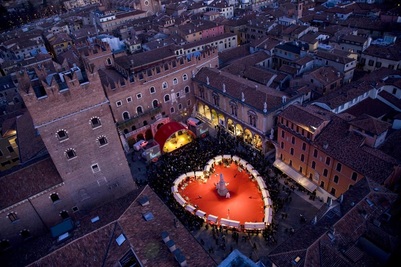 Piazza dei Signori Piazza dei Signori Ok, so it's a bit silly I suppose, to have tens of thousands of tourists a year flock to Verona just to stand under the balcony that Juliette stood upon and gazed down at her love, Romeo... especially since it's all fiction. After all, Shakespeare created the characters in his head.... and I remember reading that there is no evidence that Shakespeare ever visited Verona--or Italy, for that matter--for inspiration. But thanks to the hype and selling of Verona, the town has become a wonderful place to spend Saint Valentine's Day for lovers from all over the world. The town really puts their heart into it... literally. 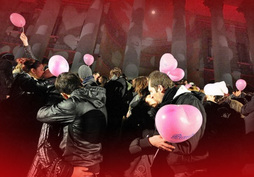 No one is shy about love in Verona No one is shy about love in Verona For four days each February, Verona becomes "Verona in Love"--a festival all about amore, baci e passione (love, kisses and passion). And the most beautiful of Verona's squares, Piazza dei Signori, is decorated with a huge red carpeted heart and hosts free daily concerts. There is also a Valentine Market with stalls (which define the shape of the heart) selling all sorts of passionate trinkets, souvenirs, necessities and , of course, chocolates. You will also find wines, food, paintings, ceramics and cheeses--much of the products are locally sourced. And you can't go wrong with the stalls that offer wine and chocolate tasting. Yum. 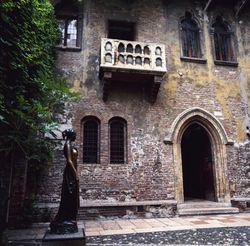 Juliette's Balcony Juliette's Balcony And for the ultimate romantics, one of the more meaningful gestures you can do for your innamorato, is to visit Juliet’s house and attach your own love note on the wall below her balcony. Some people are actually leaving graffiti on the walls of the old structure, but leaving love notes is much less harmful to the history of the place, in my opinion. If you're planning a marriage, place your vows there. If you are alone and hopeful, write a letter to that special someone, somewhere in the world just waiting for you... Another odd custom is to caress the breast of the Juliette bronze statue and take a picture doing it. There have been so many thousands of people doing this that the patina of the bronze now appears brightly polished. I've chosen not to include a photo with girls, guys, couples or greying old men groping poor Giulietta... after all, she was just 13 when she died! (Oh... that's right... she never really lived.) The final ritual at the Casa di Giulietta is for you and your lover to put a lock on the courtyard gate and throw away the key into the nearby river. This lock tradition--getting its inspiration from Italian author, Federico Moccia's 2006 novel, Ho Voglia di Te (I Want You)--is getting a bit carried away in places all over Italy, especially Rome and on the Lovers' Walk in Cinque Terre--and catching on in other countries, too. In Rome, bridges and other structures often are in danger of collapse because of the millions of locks placed on them by Moccia inspired lovers. Teams with bolt-cutters keep removing locks, but lovers keep putting back more. It's the same here at Casa di Giulietta... chewing gum littered and graffitied walls and locks weighing down the gates. When did love become following the path of other people instead of your own heart? Another thing to try when in Verona (if you are fit), is for you and your lover to climb the Torre dei Lamberti overlooking the piazza--during the festival there is a "two for one" special on tickets. And don't miss an arm-in-arm passaggiata up Via Mazzini to see the heart shaped luminaries lighting your way. Every shop is decked out in red for this festival, offering lovers mementos, chocolates, wines and more. If that's too slow a pace for your racing heart, try the Romeo and Juliet Half Marathon, usually held on the 14th. Tens of thousands enter this race. All in all, Verona in Love does sound like great fun for lovers, young and old. Book a B&B, buy a gift box of Baci chocolates, jot down your best prose, bring your lock and throw away your keys... oh, and don't forget to bring your better half.
Amare per Sempre! Ciao... --Jerry Finzi If you enjoyed this article, please SHARE it and LIKE it on your favorite social media site. And don't forget to tell your friends about our blog... Ciao! We also have pages on: Google+ StumbleUpon In contrast to the overindulgent, overly crowded Carnevale in Venice, the one held in nearby Treviso is a family friendly affair, with big headed cartoon characters, political satire, clowns and monsters... all to delight both young and old. The magnificent floats are paraded throughout the town on February 9th at 2pm. Treviso, having once been part of Venice, also has canals and waterways weaving their way through the town. It is also used by many as a hub when attending Carnevale events within Venice... a quick train ride runs the 20 miles into Venice from Treviso. Regional airfares are also cheaper when flying in and out of Treviso's airport. Another great alternate Carnevale is the one held in Verona. This is also a place to see magnificent costumes and processions and parades with huge paper-mache floats. Of course, Verona is also the place where Juliette was wooed by Romeo on that famous balcony. --Jerry Finzi
If you enjoyed this article, please SHARE it and LIKE it on your favorite social media site. And don't forget to tell your friends about our blog... Ciao! We also have pages on: Google+ StumbleUpon Kick the slush off your boots and head to Venice for a colorful experience... From January 23 - February 9, 2016, Venice will come alive with Carnevale. What could be better than a surreal city in the sea... islands, canals, masked party-goers, dance, music, food and drink? While not for everyone, this mega-party is for people who love the crush of other people. It can be so over-crowded that the local Venice tourist board doesn't even bother promoting it any longer, and the local police would rather not add to the crowds already attending. It is a very intense experience with hotels and prices in restaurants priced sky high for this special event. One way to save some cash is to fly into Treviso and use that as your hub, then take the train to Venice for the events... unless there is an inconveniently timed train workers strike, that is. It can be a very expensive affair to attend, although there is much to do that won't suck all the Euros out of your damp pockets: daily processions along the water front ending up in St Mark's Square on both weekends; a procession of gondolas up the Grand Canal; and there are the fireworks displays. In general, people go not only to people watch, but to take part in the dressing up... 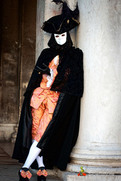 Keep in mind that if you want to see the abundance and excess of Carnevale, plan on going for the weekends with the final weekend being the biggest ever. Weekdays can be a bit slower with fewer events planned. There is a stage erected in St. Marks Square for costumed attendees to show off their finery and perhaps be noticed in the search for the year's Best Costume. Each day a Best Costume is selected--twice a day. The big event is on February 9th where the Best Costume in the Festival is selected. On January 31st, the Volo dell’Angelo (Flight of the Angel) is held, when a beauty pageant winner flies a zipline from the campanile in St Mark’s square. In case of seasonal flooding (a common thing in winter) don't forget to bring your booties. This is by far one of the busiest and crowded of all events. There are also special events held inside the Arsenale, Venice’s magnificent historic shipyard. Imagine a huge disco space, with lasers and disco lighting effects, smoke and more... some events are on the water, some have live music, others entertain with all types of street artists. There is even a Kid's Carnevale there. Of course, if you'd like to rub feathered elbows with masked celebrities galore, and have about 1000 bucks U.S. per person to spare, there are the balls. Perhaps one of the most extravagant is the Valentine's Grand Masquerade Ball on February 6 at the Palazzo Flangini. Before you enter the costumed fray, you'll need some supplies... in the least, a cloak and mask. Remember, this is not an event to stand on the sidelines and watch. This is one to become part of... to saturate yourself with the experience of getting dolled up in magnificent eccentricity.
Some say there are more mask shops than there are alimentari in Venice. You can go one of two ways... a wild, custom painted, feathered and glittered creation or the simplicity of the plain white Volto mask. If you want a piece of craftsmanship by true artisans, you need a Mascarei (Master Mask-maker): Ca’ Macanà (Calle delle Botteghe 3172, Dorsoduro 0039 041 277 6142; camacana.com) Tragicomica (Calle dei Nomboli 2800, San Polo, 0039 041 721 102; tragicomica.it) Papier Maché (Calle lunga Santa Maria Formosa 5174B, Castello, 0039 041 522 9995). Of course, to keep you warm (especially if wearing a skimpy, sexy outfit) you need a Tabarro--the long, flowing cape that Venetians wrap themselves in. Here are a few of the best costume shops: Monica (Calle Scaleter 2235, San Polo, 0039 041 524 6242; monicadaniele.com) Atelier Pietro Longhi (Ramo secondo Saoner 2671, San Polo, 0039 041 714 478; pietrolonghi.com) Banco Lotto N°10 (Salizada Sant’Antonin 3478B, Castello; 0039 041 522 1439; ilcerchiovenezia.it) There are also other events in the Veneto region during Carnevale season in case Venice is a bit too much for you to take. For example, in nearby Treviso, there is a parade of wonderfully decorated, paper-mâché floats during the last Carnevale weekend. The Treviso Carnevale is much more family friendly if you are traveling with kids. There is also another, older Carnevale in Verona that has been in existence since 1531 when the locals celebrated the end to long years of starvation and plague--by eating gnocchi! A grand parade of masks and the traditional distribution of gnocchi (potato dumplings) is the signature of Verona Carnival. Papa Gnocchi, an old bearded carrying a big fork as a scepter is the carnival's main character. See carnevale.venezia.it for more details about the Carnevale. --Jerry Finzi If you enjoyed this article, please SHARE it and LIKE it on your favorite social media site. And don't forget to stop back soon... Ciao! We also have pages on: Google+ StumbleUpon If you want to get a good feel for what Rome looked like about 2000 years ago, check out this wonderful animation with architectural recreations of the city... some things look remarkably like the Rome of today while other things will surprise and delight you. Click the video to travel back in time... This month, Bloomberg Rankings rated Italy as the second healthiest country in the world and the top ranked country for health in all of Europe. This health score is based on a multitude of things: mortality rates, number of people smoking, percentage of immunizations, percentage of population with healthcare, healthcare efficiency, healthcare satisfaction and life expectancy. 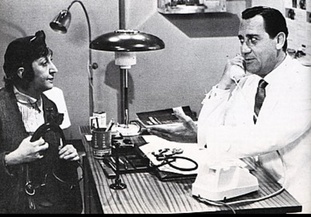 Italian hospitals in the South might look a bit old fashioned Italian hospitals in the South might look a bit old fashioned As it turns out, Italy has one of the most efficient healthcare systems in the world... they came in third for this ranking. And believe it or not, the Italian universal healthcare system has actually been getting better and better from year to year. After World War II Italy reestablished its social security system including a social health insurance administered by "sickness funds". In the 1970s, the sickness funds nearly went bankrupt. In 1978, the government established the SSN (Servizio Sanitario Nazionale), the Italian version of a National Health Service, funded by taxes and including universal coverage--providing healthcare to all citizens and residents by a mixed public-private system. The public part is the national health service, Sistema Sanitario Nazionale (SSN), under the Ministry of Health, but administered by each region.Family doctors are entirely paid by the SSN, must offer visiting time at least five days a week and have a maximum limit of 1500 patients. Patients can choose their own doctor. Prescription drugs are prescribed by the family doctor and are mostly paid for by the SSN with the patient paying only varied copay, depending on the drug and the patient's income. In most regions, poor people receive drugs for free. If a specialist or diagnostic tests are prescribed by their family doctor, the copay is only about $40 for most--once again, the poor pay nothing. Waiting times for specialists can be anywhere from a couple of weeks to a few months, depending on the facility. Surgeries and hospitalization provided by the public or private hospitals are completely free of charge for everyone, regardless of the income. For elective surgeries the waiting times can be several months in the big city centers. Emergency services in Italy are provided by both volunteer and private EMS type services. You can receive emergency service in Italy by dialing 118. Ambulances and treatment are free. General first aid is provided by all the public hospitals and completely free of charge for everyone, citizens, vacationers, even illegal and undocumented immigrants. If the emergency is non-life threatening, a copay is required. In the poorer South, some state ospedali (hospitals), can be considered substandard by U.S. standards. Italian state hospital rooms normally have three to six beds and have no TV or phone. This situation is slowly improving however, as southern regions get a bigger and bigger share of the Italian economic pie. As good as the Italian healthcare system is, the most common complaint is the long lines and waiting times for special tests and seeing specialists. Most seem very satisfied with the actual care they receive from their doctors and the universal aspect of the system. (Click HERE for a great Tripadvisor thread on one person's experience with Italian Hostpitals) 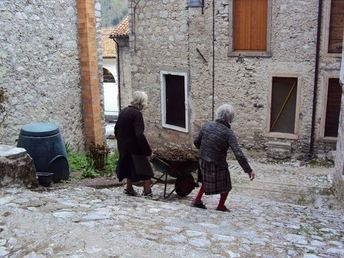 Leave the heavy work to the Nonnas! Leave the heavy work to the Nonnas! Other Reasons Italians are Healthier Of course, one of the main reasons for Italians staying so healthy is the way they eat. There is the Mediterranean diet itself, fish, fresh vegetables, fruit and the use of olive oil in cooking. Meats in Italy are not eaten in large quantities as in the U.S. and the amount of fat in the meats they prefer is also less. Meat is eaten as a separate course in smaller quantities, if at all. Lean pork is popular. Alcoholic beverages are typically drunk with meals and binge drinking is not a socially acceptable concept (although the young are going to clubs and bars more and more). And of course, there's the health benefits many studies have attributed to drinking a moderate amount of red wine in one's diet. In general, the Mediterranean Diet, especially with its use of olive oil (a mono-unsaturated fat) over butter, is considered Heart Healthy by most studies. People who use olive oil tend to have a lower risk factor of both heart attacks and strokes. Another healthy component in the Italian diet is garlic... and not just to keep vampires away. Garlic lowers the chance of heart disease, lowers blood pressure and prevents strokes. It also is very high in antioxidants, considered to aide in the prevention of Alzheimer's disease. Even pasta and pizza are eaten differently in Italy. Italians eat simple pizzas with healthier toppings--not overloaded like American pizzas. Pasta is not served in large servings as in the States, either. As important for relieving stress in life, most families in Italy eat the family meal together--at the same time. Perhaps this promotes a feeling of well being and affords a sense of comfort to la famiglia. One more reason why Italians might be living longer is the inherent exercise in their daily routines. Many Italians in towns throughout Italy take a walk after dinner, usually with their family members and children... the Passeggiata. Communing with neighbors and relatives while talking a leisurely stroll through town adds to one's well being. In addition, the number of hills and steps the average Italian has to negotiate in their daily lives is much more than in the U.S. Most towns were built in an era of feudal warfare, causing them to be built on top of hills and cliffs for protection of their community. This means that most towns are very hilly and have thousands of steps and inclines. It amazed me whenever I saw octogenarians with canes going to the local alimentari to do their daily shopping. Exercise is something they get, whether they plan on it or not. During my three week Voyage though Italy, I lost 18 pounds, even though I felt like I was eating everything in sight... Consider this old Italian saying... La salute prima di tutto! - Health is first of all! --Jerry Finzi You might also be interested in this GVI article: Emma Morano: Europe's Oldest Person is 116 Years Old! If you enjoyed this article, please SHARE it and LIKE it on your favorite social media site. Ciao! We also have pages on: Google+ StumbleUpon 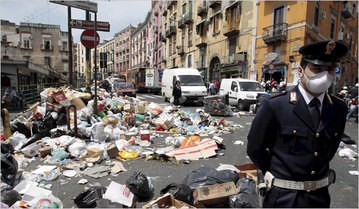 In places like Naples, where the Mafia controls the waste removal companies and strikes are a problem, Zero-Packaging shopping could really lesson the amount of trash In places like Naples, where the Mafia controls the waste removal companies and strikes are a problem, Zero-Packaging shopping could really lesson the amount of trash Way back when my son, Lucas was in Kindergarten (he's 12 now), one of his projects was to learn about the environment and to "Reduce, Reuse, Recycle"--the Three Rs they called it. Ever since then, we have been recycling plastics, glass, metal and papers. Each week our large trash bin is nearly empty, but I'm constantly amazed at how full the recycling bin is. In fact, we are thinking of ordering the larger size bin from our recycling company. When you think about it, the landfill worthy trash we throw out can be very little when compared to the absolute glut of packaging that we bring into our homes each and every week: Cans, glass jars, plastic bottles, plastic jugs, cardboard boxes, plastic clam shells packs, milk containers, cereal boxes, foil containers... and then there's Amazon deliveries with their over-sized cartons holding one or two small items! We should stop and consider the multitude of packaging from things like pasta, rice, cereals, coffee, olive oil, cookies, dish detergent, laundry soap, window cleaner and more. I used to be able to buy a large commercial size of Windex and would refill the same plastic spray bottle over and over. Lately I can't find large 2 gallon jugs of Windex anywhere and am forced to purchase the small spray bottle size once again. It's a shame... The two older Windex spray bottles have been refilled for over a decade! To take it a step further, wouldn't it be great if we could just bring an empty container to a supermarket and refill my supply of Frosted Flakes, dish-washing liquid, olive oil or pasta? Well, you can.... in Italy and other countries...  Zero-Packaging Shopping (also called Zero-Waste or Packaging-Free) is taking off in Italy and some other European countries. Customers bring their own empty containers to the stores to refill them from bulk dispensers. If you don't have a container, either they offer bins full of clean, recycled free containers or they offer new ones for a small fee. The consumer saves big bucks because the price of packaging--which can be a big chunk of the price--is gone. There's a lot of advertising and marketing dollars that we subsidize in all that packaging on the shelves of our supermarkets! Both smaller shops and larger supermarket chains are beginning to embrace this new green, pro-consumer concept. And you won't believe the range of products you can fill up on: pasta, candy, rice, cereal, cooking oils, soaps, cleaning products, detergents and yes, even wine! Picture the local upscale mall with it's bulk candy store where you buy priced by the weight and fill a bag--only the bins are much larger and the selection of what you can bulk up on includes just about anything you can buy in a bottle, box or bag. You buy only what you need--as much, or as little... For instance, instead of buying an expensive glass jar containing a bunch of vanilla beans or cinnamon sticks, you can buy just one one. Some of the stores even offer environmentally Greener services or are part of the Slow Food movement (the Local Food or Locavores movement) where most or all products come from local sources, drastically reducing the carbon footprint by lessening the carbon fuels needed for transportation in modern food supply chains. Here's a sampling of some Zero-Packaging stores:  An aisle of dispensers in an Auchan store An aisle of dispensers in an Auchan store Auchan In Italy, Auchan is one of the largest of all supermarket chains and in 2004 added bulk products in dispensers to 48 of its stores throughout the country. They offer cereals, dried fruit, pasta and rice to detergents--a total of 800 products, including frozen foods, such as fish and vegetables. Customers purchase only the amount of product they need. Because these sales contain no packaging, it's estimated that Auchan alone keeps about 4,000,000 packages out of landfills every year--about 170 tons worth. 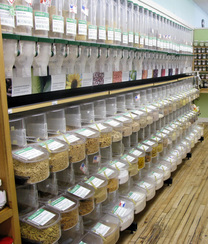 Negozio Leggero's simplistic style Negozio Leggero's simplistic style Negozio Leggero Negozio Leggero has stores in many cities in Italy: Turin, Milan, Morbegno, Asti, Moncalieri, Rome and Novara. They offer rice, grains and cereals, pasta, eggs, and candy in bulk without packaging. The point of sale in Novara provides home delivery by bike. Moreover, all points of sale organize thematic courses and days dedicated to the world of food. 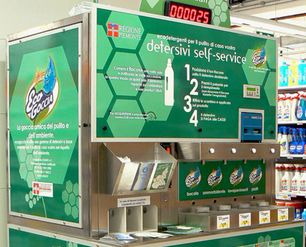 Self-Service detergent dispensing kiosk Self-Service detergent dispensing kiosk Crai Eco Point Another large supermarket chain we saw in Italy, Crai's Eco Point chain, has 34 locations all over Italy. They offer bulk pasta, rice, cereals, legumes, dried fruit, coffee, spices, sweets and detergents, as well as pet food. Their efforts are saving an estimated 1,000,000 disposable packages each year. 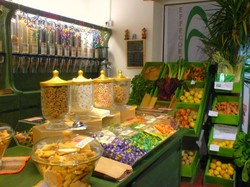 Peso Netto The Peso Netto (meaning, "Net Weight") store is located in Pesaro and reflects the “Zero Kilometres” and local food philosophy. You can find everything: fruits, vegetables, bread, oil, meat, wine and beer. All products sold are from local suppliers. The modern idea of packaging free combines with a feeling of shopping in an ols school local market. 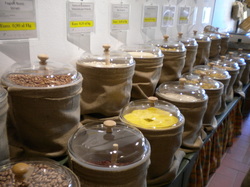 Effecorta Effecorta is a renowned store in the city of Milan. It is located outside the center because “we believe that Effecorta Milano should be a corner shop, where people can go to by bike or on foot”, the owners states. This point of sale offers home delivery by bike and it is furnished with bulk products, such as cereals, coffee, drinks and cosmetics. Points of sale are located in Capannori (the first one to be set up) and in Prato. 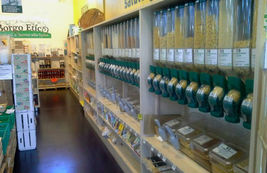 Borgo Etico Borgo Etico is a co-operative located in Cesena. It offers varied services, including a packaging-free supermarket. Over 900 products are sold, including vegan and gluten-free foods. All products come from a short supply chain and are sold with no packaging.  Bottega Origini This is a local shop in Pavia, Liguria. The old style shop offers a lot besides its nostalgic charm, including wine and seasonal foods locally produced. The young, enthusiastic people serving the customers are one of its benefits. 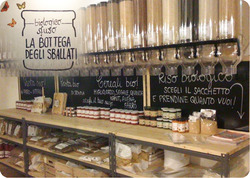 Bottega degli Sballati This small shop opened in Ispra, Varese in 2013. It offers both bulk certified organic and Zero Kilometres foods. The origin is specified on every product, sometimes showing the pictures of who worked in the supply chain, such as farmers and artisans. It's got a strong following from the health and organic crowd. Verdessenza Translated, Verdessenza means Solid Green. The environmentally conscious owners strive to sell foods and other products with a low environmental impact. Even the materials used in the construction of the shop are "Green". Suppliers are selected depending on their ethical views on the environment with most products being certified organic, locally sourced and offered in bulk without packaging. "Bring your basket." They even offer bike tire repair kits and air pumps! Eco-Facts:
If you're a bit jealous and would like to see Zero-Packaging shops here in the U.S., keep an eye on Texas. There is already a store in Austin which that sells local and organic products, all Packaging-Free. It's called In.gredients the country's very first "package-free, zero waste grocery store". Mostly in the state of Arizona and in 2016 opening more stores across the U.S., there is Sprouts, a health conscious supermarket chain that offers over 300 products in its bulk bins. If the trend continues, perhaps you will see Zero-Packaging in a store near you! The benefits are many:
For the time being, the next time you're in Italy, bring your basket and see what you think of going au naturale... --Jerry Finzi If you enjoyed this article, please SHARE it and LIKE it on your favorite social media site. Ciao! We also have pages on: Google+ StumbleUpon 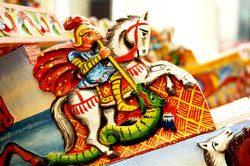 Carved Paladin knight Carved Paladin knight The wheel has been around for at least 6000 years... from Mesopotamia in the Middle East all the way to central Europe. No one really knows when it was "invented". Wheels move people, wood for making fires and the construction of useful items, animals, and products of the harvest. The first wheels were wooden disks... the first spoked wheels came from the Caucasus region down toward Greece and the Mediterranean cultures about 4000 years ago. Of course, the Romans developed their two wheeled chariots... ...perhaps a precursor of the painted Sicilian Carretto, one of the most beautiful of all folk crafted technologies in all of Italy. Their bright primary colors (yellow, blue, red, green) celebrate the sun, the sea, lemons, the glowing lava from Mount Etna, the richness of green olive and grape leaves and the passions in the Sicilian soul. The carts contain remnants of Christianity, paganism, war, passion, nature, opera and mysticism... influences that illustrate the various cultures that have left their mark on Sicily: the Phoenicians, the Greeks, the Romans, The Turks, the Bourbons, Arabs, Normans and Spanish. The battles of Charlemagne and his Paladin Knights remain the most popular theme for decoration. It's a colorful culture, indeed... 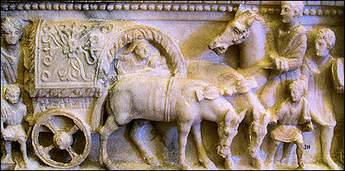 Ancient Roman Cart Ancient Roman Cart The French writer Jean Baptiste Gonzalve de Nervo (that's a mouthful) visited Sicily in 1833 and is claimed to be the first to write about decorated Sicilian carts--but that doesn't mean they weren't there long before his arrival in some for or another. He described seeing carts decorated with scenes from many subjects: the story of the New Testament and Jesus, the Virgin Mary, many different saints, the Crusades and Napoleon's conquests. Some insist that after the decline of the Roman Empire the roads in Sicily were left to ruin and fell apart, not allowing small horse, mule or donkey carts to be used on roads between towns and villages--until the "early 1800s" when de Nervo wrote about them and drew attention to them. Just as Columbus "discovered" America--it was always there, with Native Americans before Europeans even knew about it. It's the same with these carts... more than likely, they were in Sicily for many hundreds or even thousands of years. Wherever you go in Italy, it's amazing to see how ancient donkey paths have been lovingly and beautifully maintained over the course of history. They are still used on a daily basis--a necessity, since most of the towns throughout Italy are up on rugged hilltops, with many homes clinging to the side of cliffs. These paths link house to village and vilalge to towns, and are definitely wide enough for donkey carts. Even though Carretto are pulled mostly by horses or large mules nowadays, if you look carefully at the two wooden shafts that the horses are attached to, you will notice in most cases (especially with vintage carts) they are mounted to the horse in an upward angle. This is because the carts were originally designed for use with donkeys--a much shorter animal more suited to the switchbacks common on donkey paths. There might have been gaps in the use of Carretti during history, but they didn't disappeared when the Roman Empire did... they just continued to evolve, as most technologies do. Depictions of ancient Roman carts bear a striking similarity to modern Sicilian carts. As to the history of their being decorated in such a distinctive, colorful style... well, that's something else to investigate... De Nervo told of the cart's horses headbands, dressed up with leather plaques, gilded nails colorful feathered plumes in Sicily's colors... red and yellow. Horses were mostly used in the city and flat plains, while donkeys or mules were more often used in rough terrain for hauling heavy loads. Carts were used for hauling loads such as grain, lemons, wood, vegetables, almonds, grapes, wine, and people--these were called Carretto del Lavoro (work carts). There were also for festive occasions such as weddings and parades called Carretto de Gara. The Carretto was used in the same way the three-wheeled treruote (Ape) gas powered vehicle is used throughout Italy today on farms and in towns as delivery vehicles. 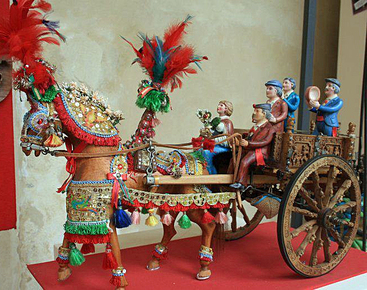 Scale model Carrettino Scale model Carrettino In 1881, the Sicilian Carretto was brought into world acclaim when included as part of a Sicilian folk art display at the Esposizione Nationale in Milan. It became nearly as popular a symbol of Sicilian life as the Trinacria, the three-legged icon that appears on the Sicilian flag. Nearly every visitor to Sicily in the late 1800s were compelled to come away with photographs or postcards of the Caretto. Another way the world became aware of Carretti is when voyagers brought home small models called Carrettino, complete with models of passengers and goods carried on the carts. Even Queen Mary brought one home as a souvenir after a visit in 1925.  Another French writer, Guy de Maupassant, in 1885 described the carts as a “a walking puzzle” because of the abundance of decorative elements. Many wood parts are carved elaborately, some items are applied to the surface of the wood (like carved figures, shells, stone, mirrors or saint figurines), the wheels are painted in wild geometric or floral patterns, animals and tassels are often attached to the hubs. Many types of artisans take part in creating these works of art: coach builders (carrozzieri), wheelwrights (artigiano di ruote), carpenters (carradori), carvers (intagliatori - they use walnut or beech), blacksmiths (maniscalco), leather craftsman (pellettiere) and to finish it off, the decorator (decoratore) and painter (pittore). Fir is used for the cargo trunk area, beech wood for the other parts and ash for the wheels. The blacksmith makes all the metal parts, including the wheel rims and rings to hitch the horses. The pellettiere creates the amazingly decorative harnesses with feathers, colorful wool, silk bows and fringes, mirrors, ribbons, and metal studs. With all these artisans and varied skills, it would typically take three months to complete a cart. Cart accessories often include a hanging rope net mounted just under the cart to hold food, wine, water and feed bucket for the animal. A chain for a dog, a basket, a lamp hanging on the front side (a sort of headlight), and an umbrella for protection from sun or rain complete the outfitting of the cart. 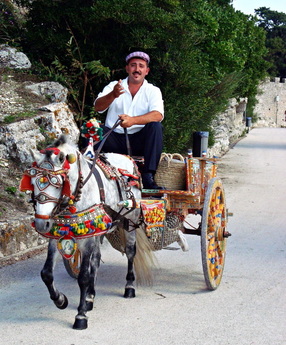 The Sicilian cart is no longer used today for carting heavy loads but has gained a proud place in the folklore and history of Sicily. The carts are used for festivals, religious events and other special occasions. A well known festa is in S. Alfio, in Trecastagni, Catania in which carts leave from Catania and other areas at night and arrive in the morning to assemble in the village square. In different areas of the island it is possible to distinguish between four basic types of cart: palermitano (Palermo), castelvetranese (Castelvetrano), trapanese (Trapani), and catanese (province of Catania). Two museums are dedicated to preserving the memory of the Sicilian cart tradition exist: The Museo del Carretto Siciliano in Terrasini, in the province of Palermo, and The Museo Gullatti in Bronte, in the province of Catania. Nowadays the carts can be admired in museums and during folklore events. In Sicily nowadays, the colorful tradition of the Carretto is carried on (pun intended) by painting small, motorized vehicles called Treroute (literally, three-wheeler) or Ape (pronounced AH-pay... a brand name). In Sicily, these three-wheeled work vehicles are called lapa. You will also find Vespa scooters and Fiat 500s painted in the glorious carreto style. There is one more custom associated with the Sicilian Carretto that needs to be mentioned... Canto di Carretto.... the Carretto song tradition of cart drivers. Carrettiera (cart drivers) cup their hands behind their ears and sing chants similar in sound to those coming from the towers of Mosques--perhaps an influence of the merging with the Arab culture long ago. They challenge other drivers in this way to do better in their own songs. They sing without any instrumental accompaniment of love, war or hard times. This is truly Sicilian blues. The Festa di San Giuseppe in Bagheria in early August is one place where you can not only see many fine examples of Carretti, but also hear the songs of the carrettiera during a singing competition. Check out the videos below to hear the songs and see Carretti hitched and in motion...
The history of the Sicilian Carretto is a compelling one and worth searching out when voyaging to Sicily for the first time...
--Jerry Finzi If you enjoyed this article, please SHARE it and LIKE it on your favorite social media site. Ciao! We also have pages on: Google+ StumbleUpon 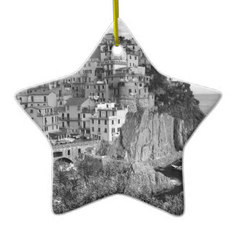 The rugged coast of the Cinque Terre is popular with hikers who love to walk from town to town in along this magical coastline in Northern Italy. Most think of Cinque Terra as a summertime destination, but it might be worth a visit during Christmastime for an unusual way to spend your Natale. If you decide to go to Cinque Terre during the holidays, consider that most restaurants and hotels are seasonal. Rent a small apartment and live like the locals do during the Christmas season and you'll discover something very different indeed... Presepe of Manarola For instance, you will find the world's largest presepe (nativity display) in Manarola, clinging to one of the craggy hilltops overlooking the sea. Every year on December 8th (Feast of the Immaculate Conception, and the beginning of the Christmas season in Italy) the lights are flipped on and thousands gathered in the village cheer for this wonderful illumination. The evening is topped off by fireworks. The lights stay well into January or February (in the typical Italian style of timekeeping). Mario Andreoli, a retired railway worker, started building the presepe in 1976 and has spent the decades covering the entire hilltop with illuminated shaped figures. In 2007 his creation was declared the largest nativity in the world by Guinness World Records. It has 6 miles of electric cables, 15,000 bulbs, 300 life sized figures, mostly made from recycled junk. It also went off the grid in 2008 with the addition of a dedicated solar powered electric system.  Christmas Star and Baby Jesus Born from the Sea in San Terenzo Ok, now this one is really something different. In the beach town of San Terenzo (a well known scuba diving destination) every Christmas Eve, just before midnight, you will see a light glowing beyond the smoke bombs on the beach in the surf.... it's the Christmas Star emerging from the water! You will then also see a bevy of wetsuit-clad Magi greeting the star... and then a huge clam shell pops out of the water, opening up to reveal the newborn Baby Jesus, which the "Magi" carry ceremoniously toward the spectators. The "beach people" chant the Prayer for the Diver (they have prayers for everything in Italy) just before carrying the Infant Jesus and his clam shell crib to the Church in preparation to Christmas’s Holy Midnight Mass. In every corner and street of San Terenzo, lights and decorations add to the magic and folklore, and thousands of candles shine bright in the streets. Only in Italy! --Jerry Finzi
If you enjoyed this article and found it useful, please SHARE it and LIKE it on your favorite social media site. Buon Natale! We also have pages on: Google+ StumbleUpon 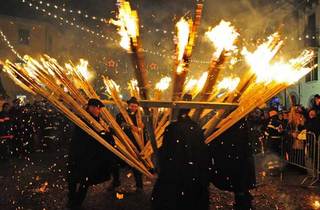 Agnone lies in the rocky mountain region of Isernia in the Molise area of southern Italy. Every Christmas Eve, Agnone hosts the Carnevale Agnonese, including the Ndocciata--a pagan, ritualistic procession of rustic, wooden torches (ndocce) made into bizarre and lethal looking fan shapes which are essentially worn by men dancing through the town. The celebration is accompanied by Zampognari (bagpipers), turning the streets into a river of fire, ending in the main piazza where a huge bonfire is lit. Then the huge bell of the Church of St. Anthony is rung, very fitting since Agnone is known for the last 1000 years for the making of church bells--many of which are installed in the Vatican in Rome. Bringing the pagan into the realm of Christian celebrations, there is also a large Nativity in the piazza. The festival's roots go back even before the time of the ancient Romans... this area was the home of the Samnite tribes, a pagan group with a rich history and even their own alphabet. Samnites used long ndocce made of silver birch pine and dried broom for illumination at night. About a thousand years ago, this tradition was passed down to farmers and shepherds that used the torches both as a source of light and warmth during their times in the mountains. There is a lot of pagan symbolism in the Ndocciata... If the wind blows from the north during the bonfire it was expected to be a good year for crops. A roaring fire from the torches helped to subdue the power of witches and their spells. Young men also made long lasting and beautiful torches to hold under the windows of their intended lover... if the girl looked out onto the flames, their was a match... if water rained down on their torch, they were rejected. I particularly like the modern symbolism of the bonfire... people toss in anything negative... photos or possessions they wish to unburden themselves with--a former lover's picture, a paper with names of their bad thoughts or misguided deeds, a pair of crutches no longer needed, or simply getting rid of old furniture to be replaced with the new. The Nativity display is to celebrate both Christmas and the New Year. --Jerry Finzi If you found this post interesting, please visit our Facebook page and LIKE us. Grazie!
The night sky lights up over the east coast of Sicily as Mount Etna’s Voragine crater erupts for the first time in two years. The giant plume of smoke and ash thrown up by the blast creates a dazzling display of volcanic lightning, a mysterious phenomenon seen in many of the most powerful volcanic eruptions. In the same way that a balloon rubbing against a statically charged object builds up a charge of electricity, or your shoes on a dry carpet can cause a spark when you touch someone, above Mount Etna, the fine, dry ash particles violently gushing upward, rub together and trigger lightning strikes. The tallest active volcano in Europe, Mount Etna stands almost 11,000 feet tall. In modern times, towns and villages in the foothills of Etna have been protected by ditches and concrete dams that divert lava flows to safer ground. The volcano has five craters: the Bocca Nuova, the north-east crater, two in the south-east crater complex and the Voragine. The Voragine crater formed inside the volcano’s central crater in 1945. --Jerry Finzi
If you found this post interesting, please LIKE this post and also, LIKE our Grand Voyage Italy Facebook page. Boun Natale! 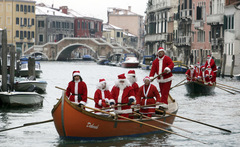 Delivering presents in Venice is by water Delivering presents in Venice is by water There are many differences between celebrating Christmas in Italy and the United States. The main reason is that all of Italy is Roman Catholic and even though many (especially younger) Italians don't go to church as often as their grandparents did, it is still a very religious holiday. Here are some interesting ways they celebrate Christmas in Italy...
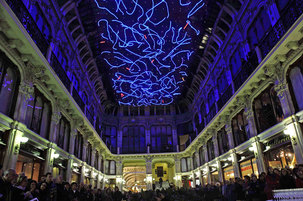 Torino Torino Christmas Season Phrases
 Panettone Panettone There's much more to the Christmas than just December 25th in Italy. Throughout December and January there are a number of religious holidays that are celebrated. Remember, since Italy is a Roman Catholic country, many religious holidays are also national holidays so you might find many government offices are closed:
--Jerry Finzi If you enjoyed this post, pass it around to your friends... and Boun Natale! |
Categories
All
Archive
June 2024
|



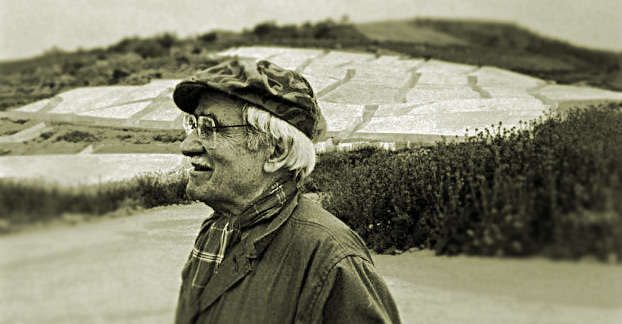
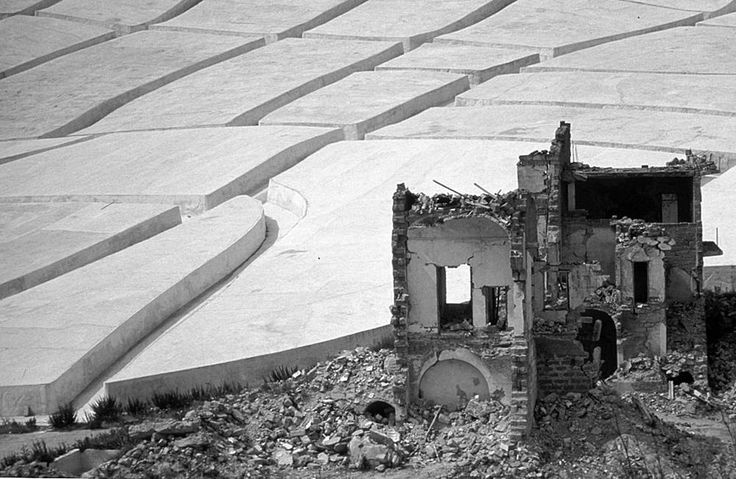

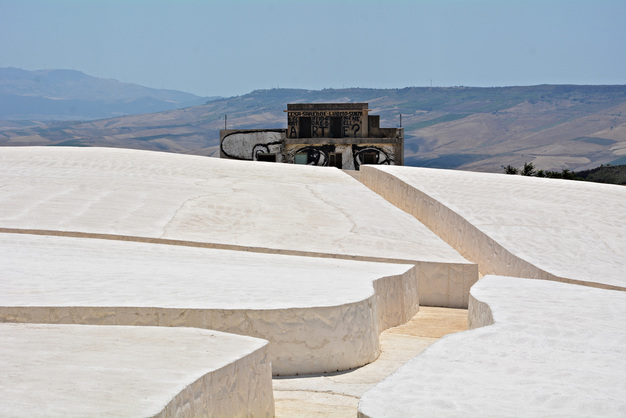
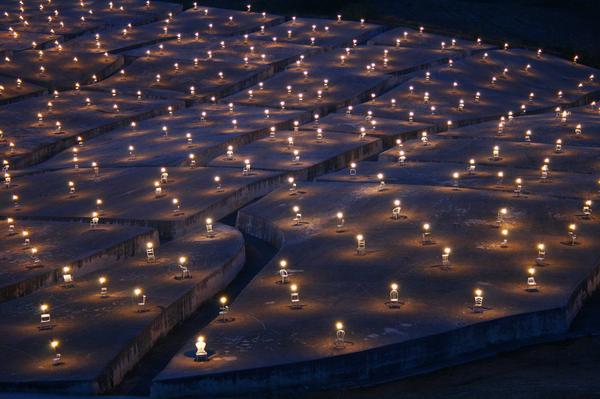
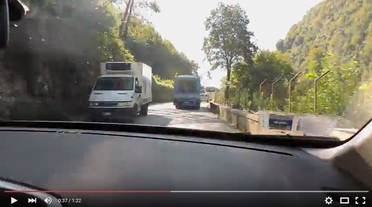
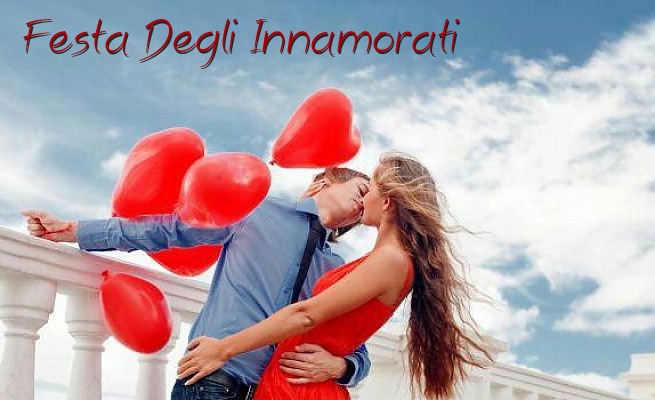
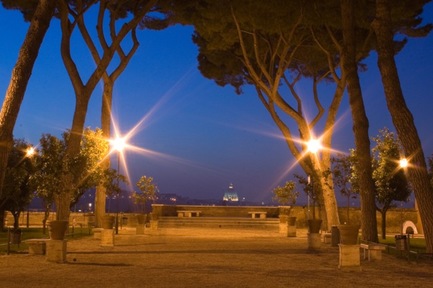
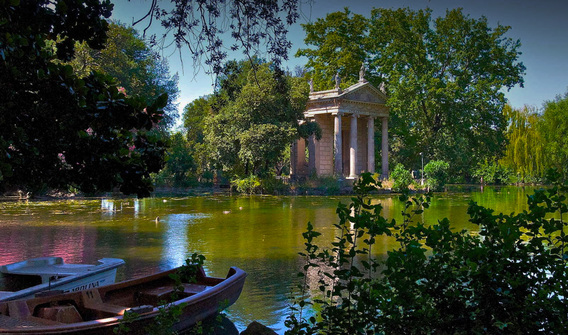
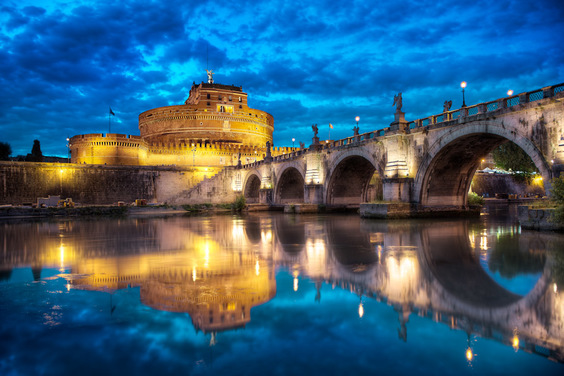
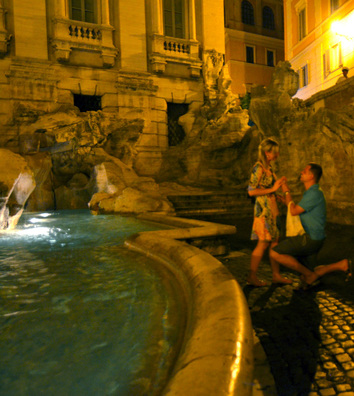
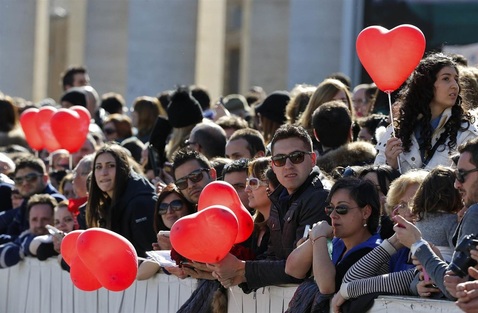

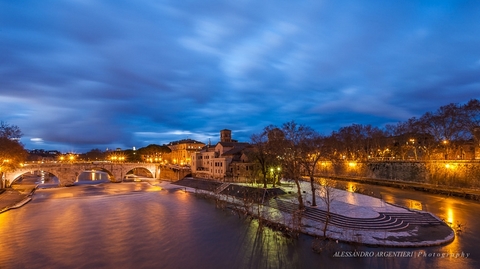
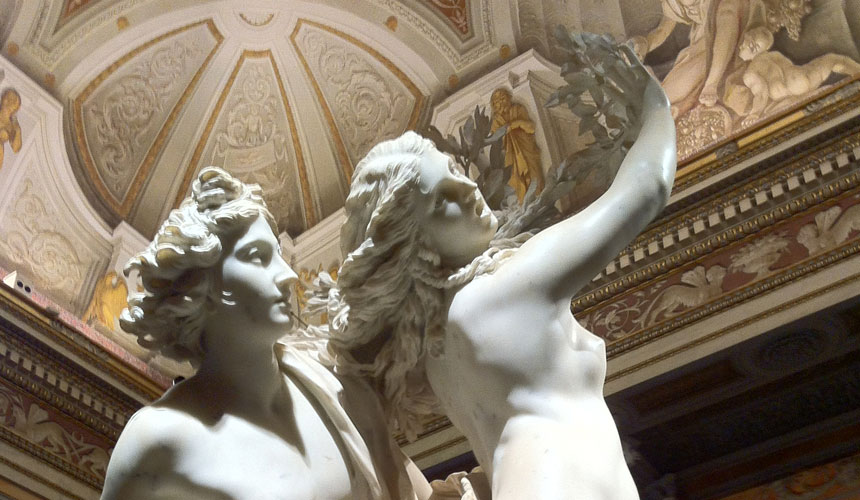
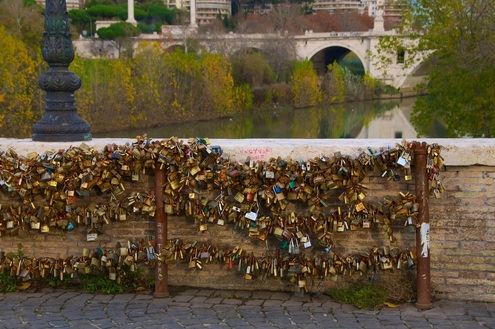
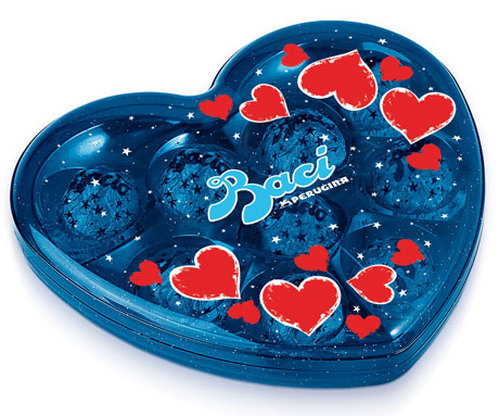
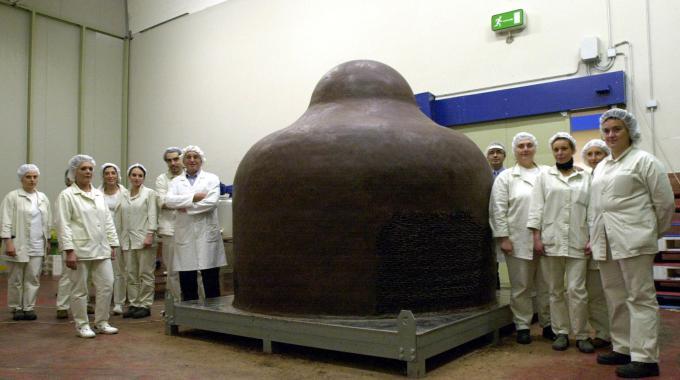
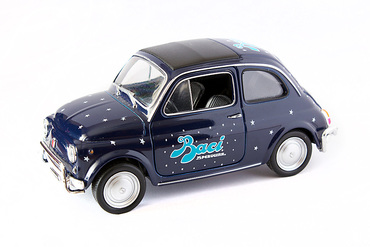
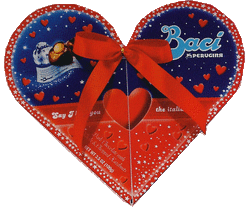
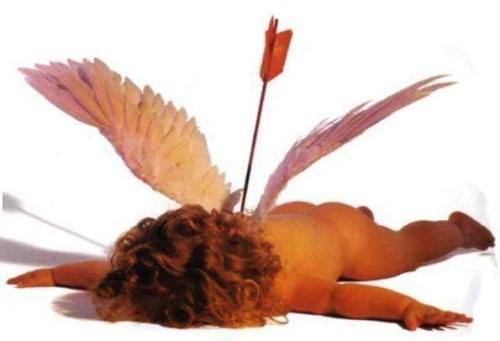
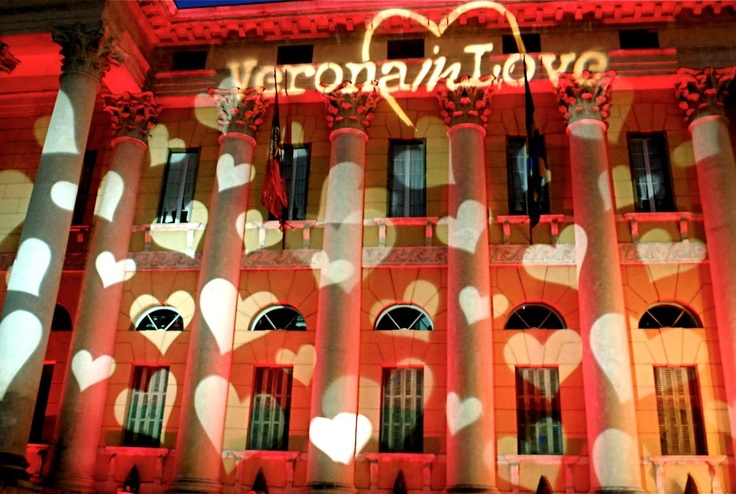
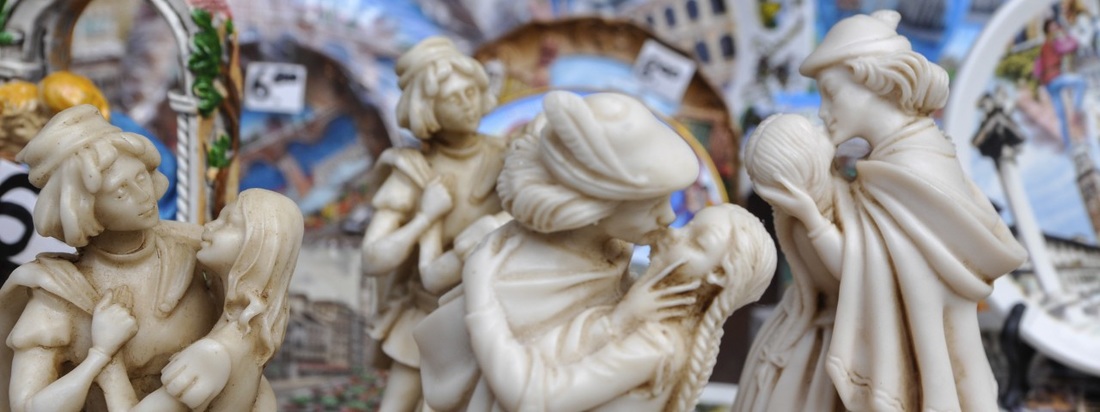
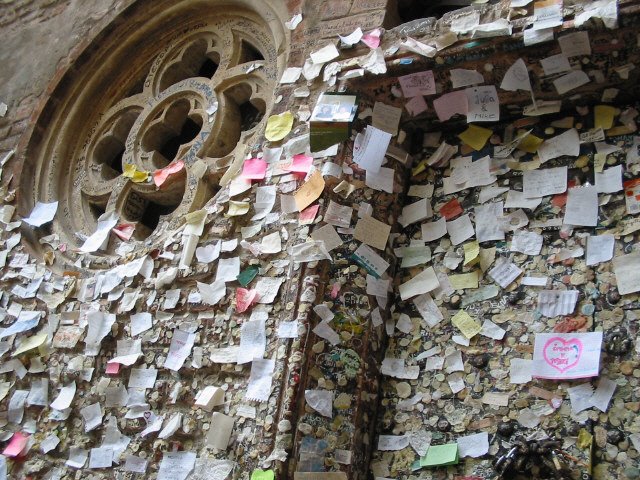
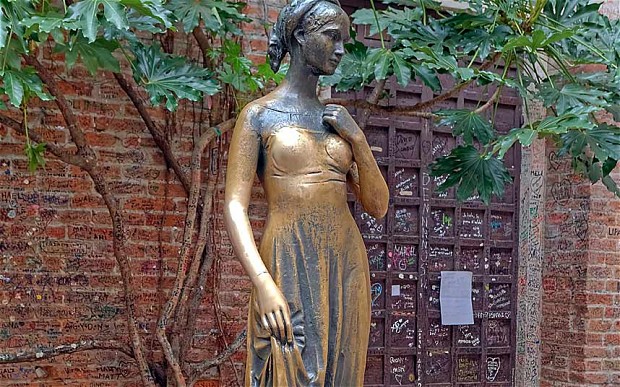
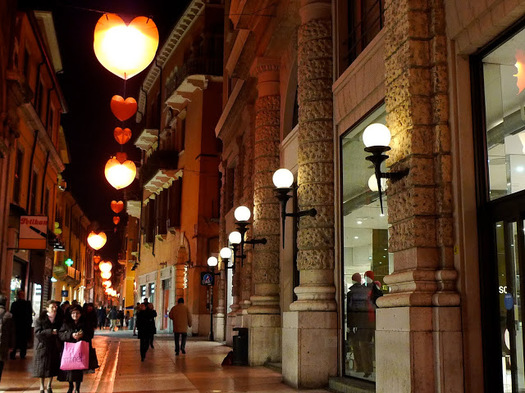
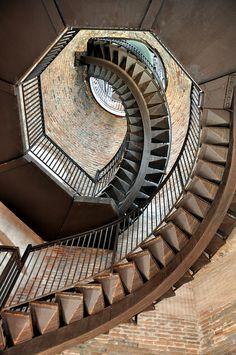

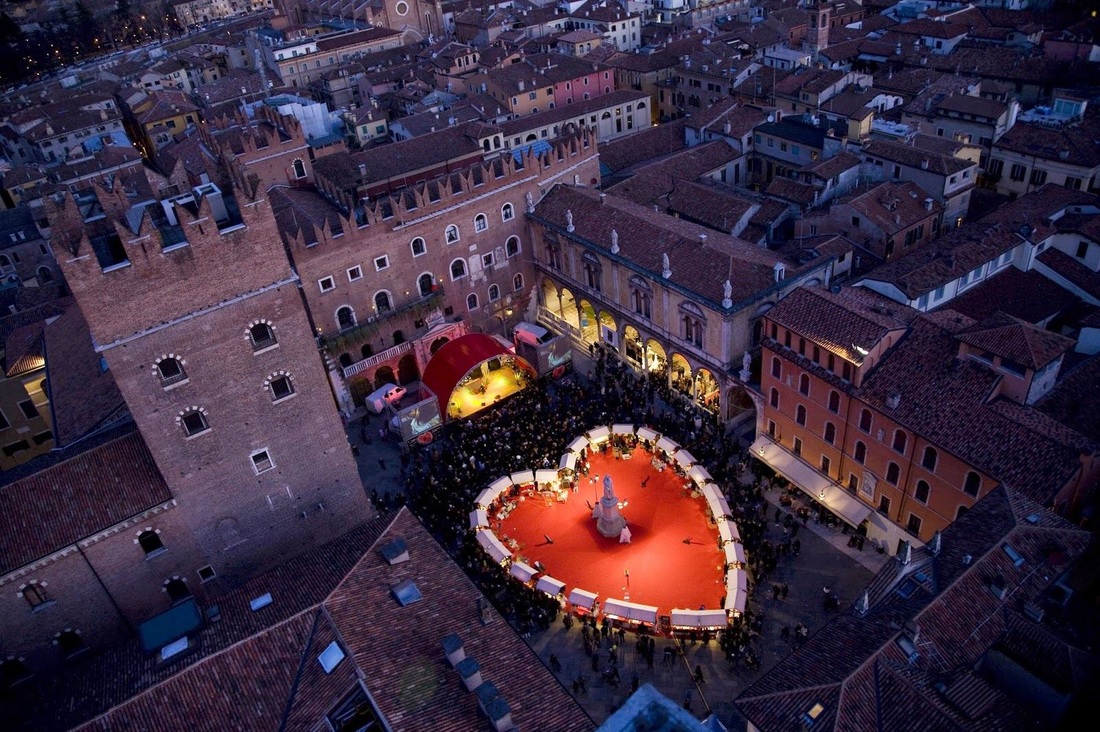
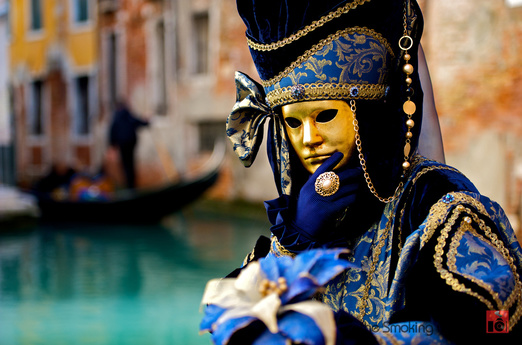

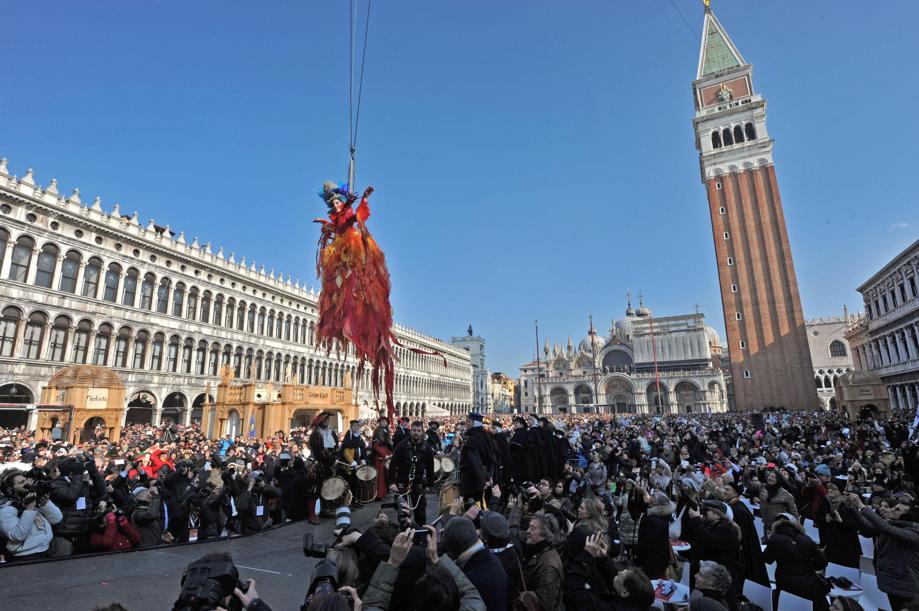

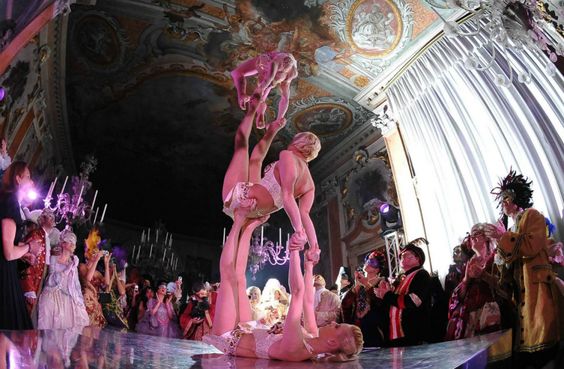
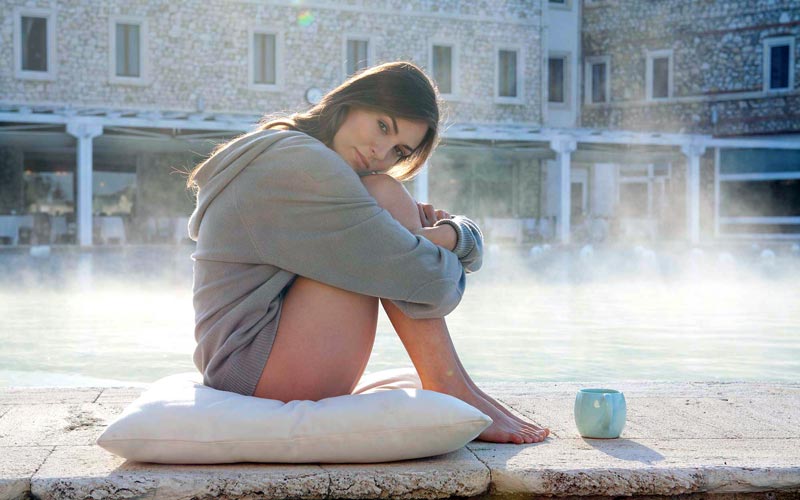

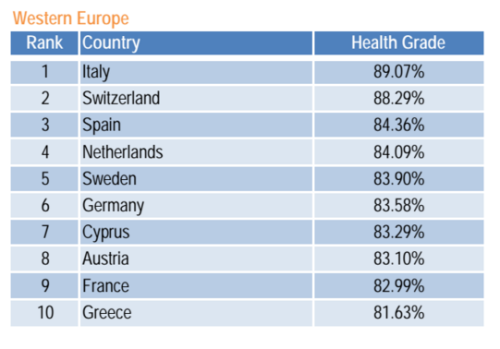
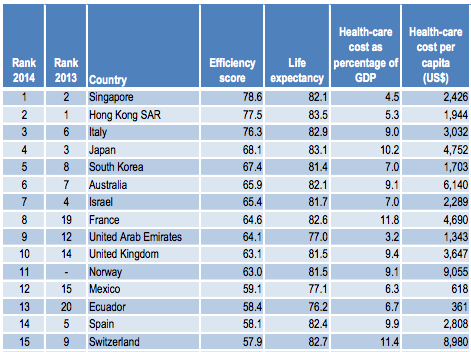

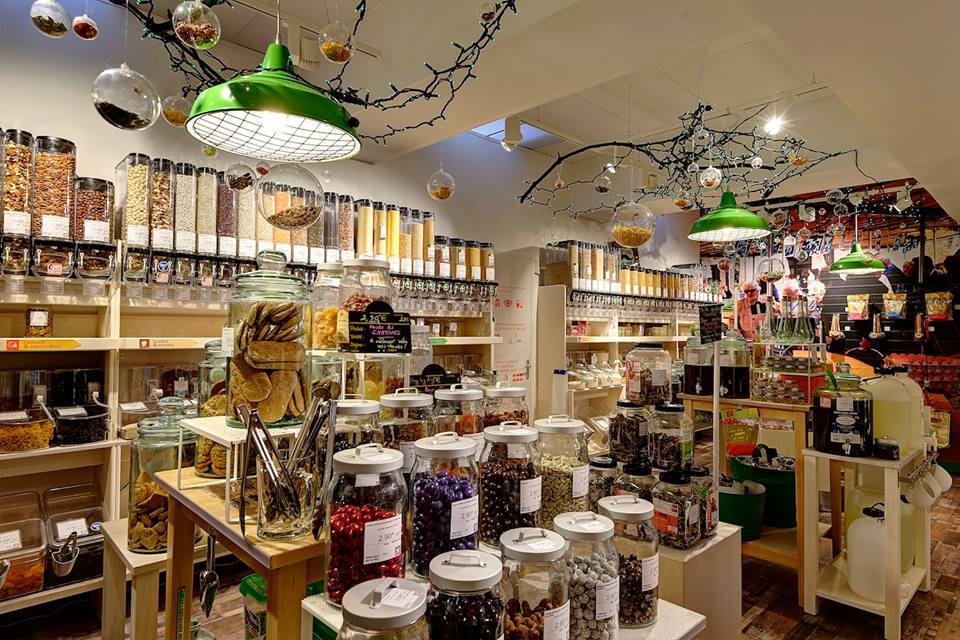

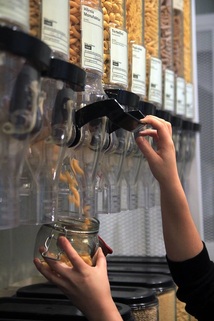


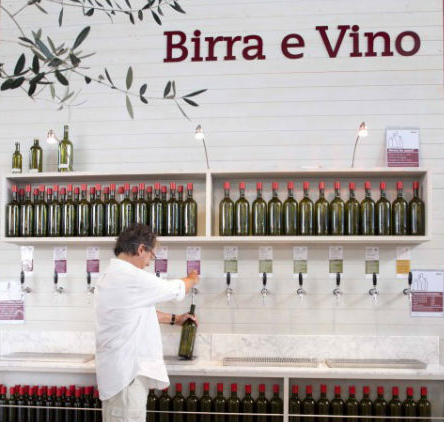
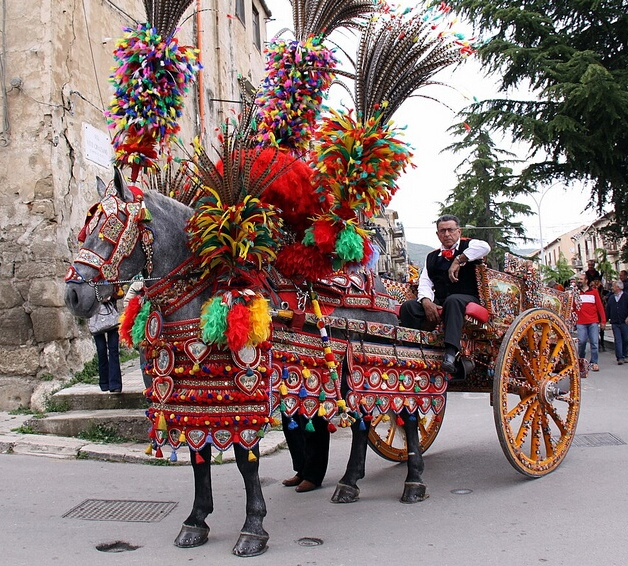
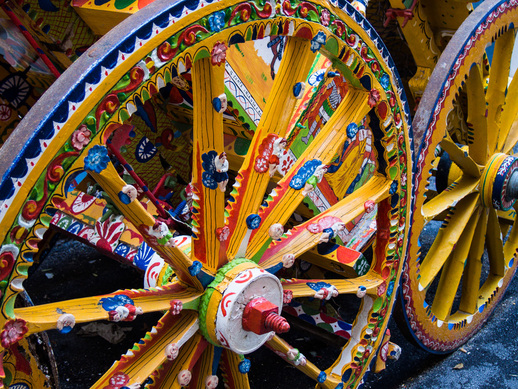
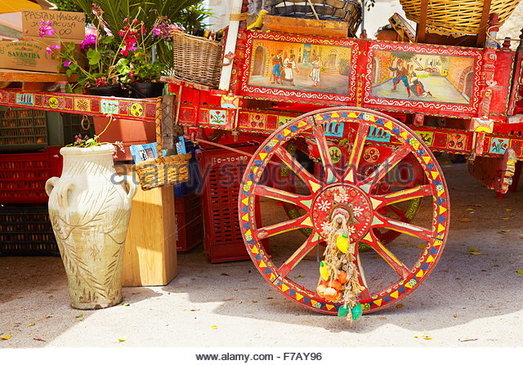
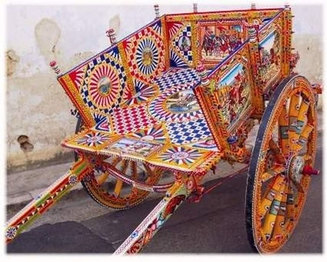



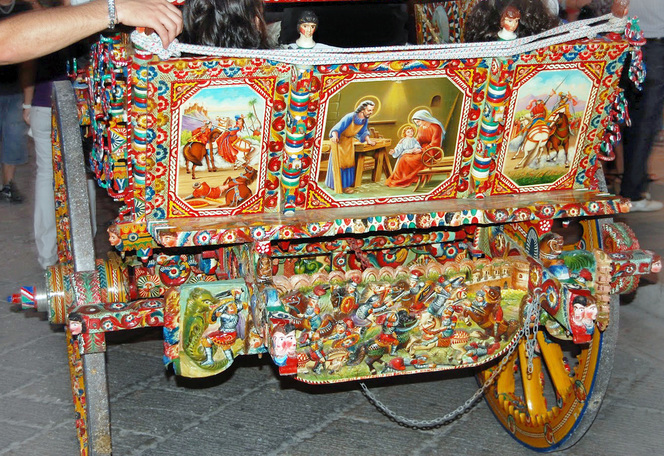
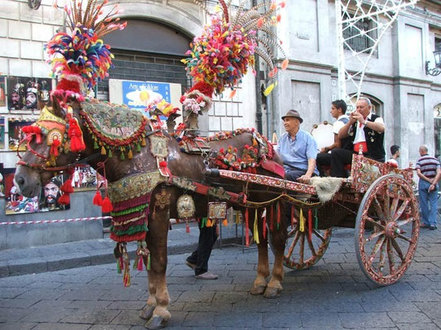
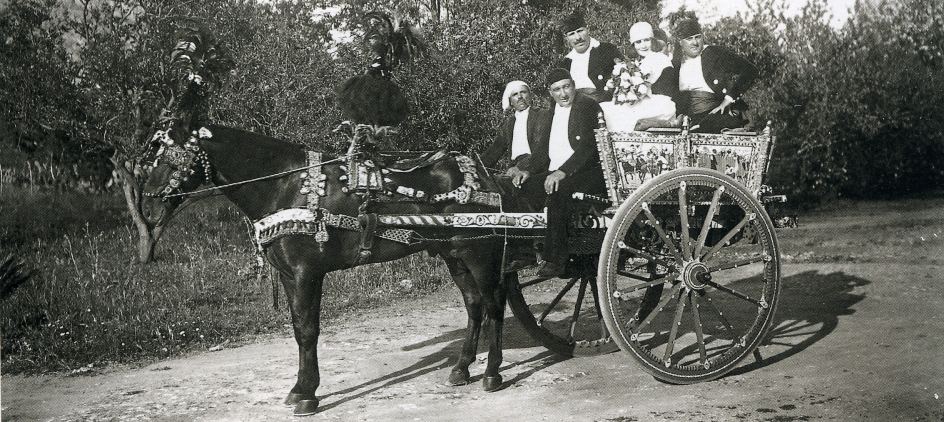
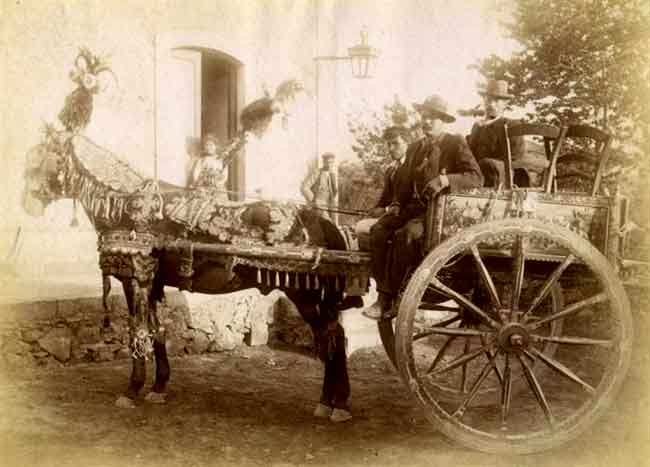
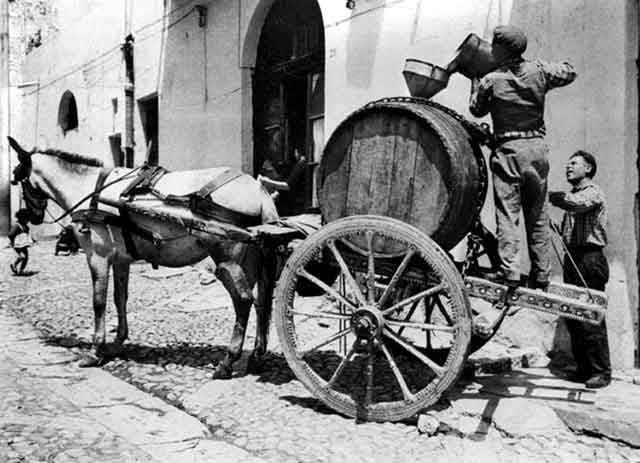
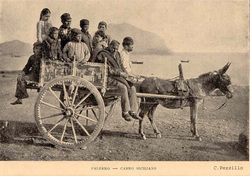
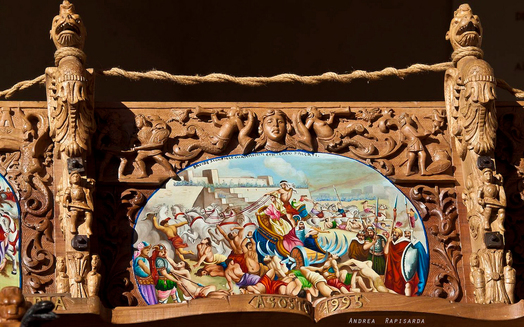
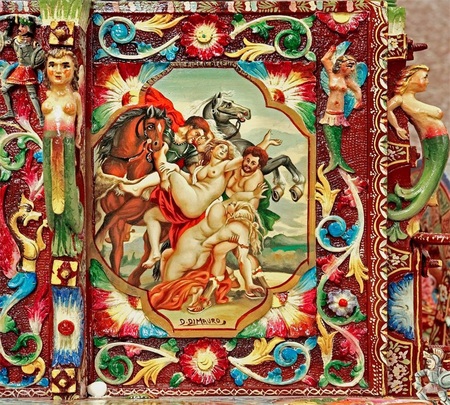

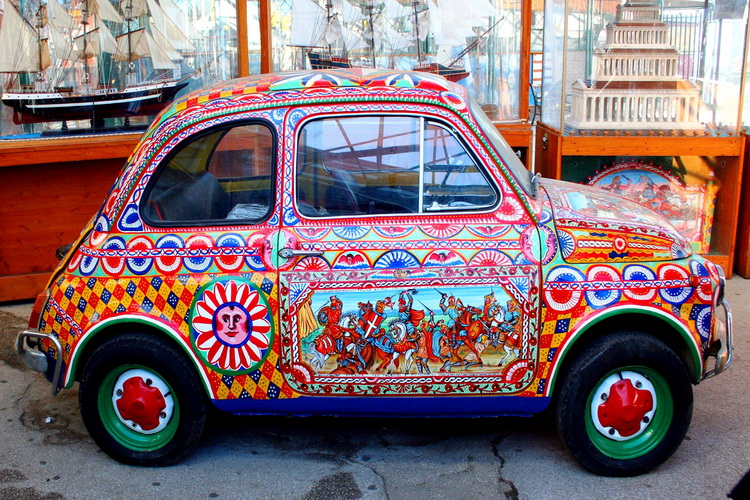
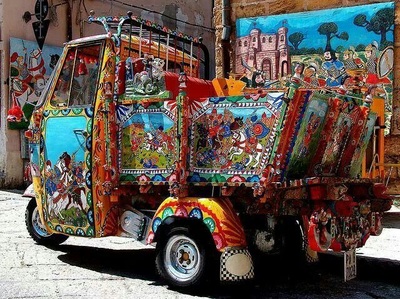
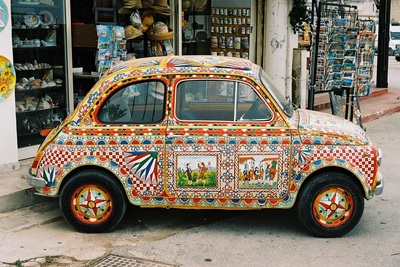
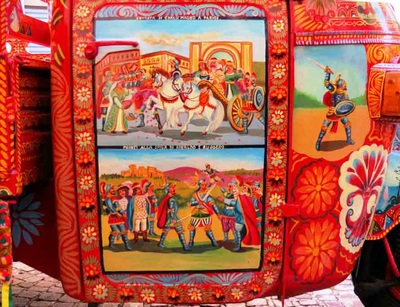
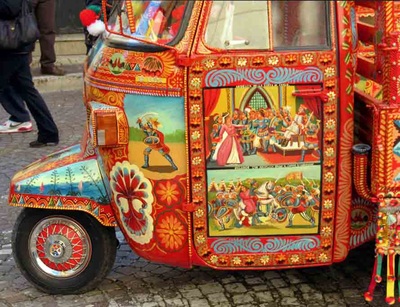
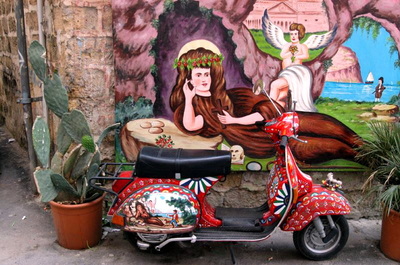
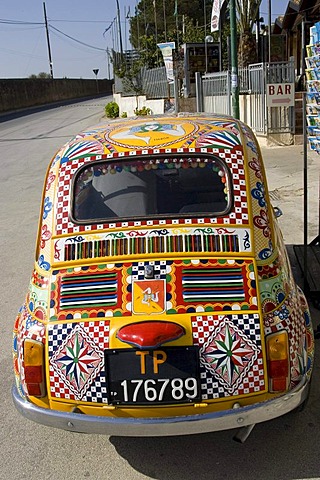
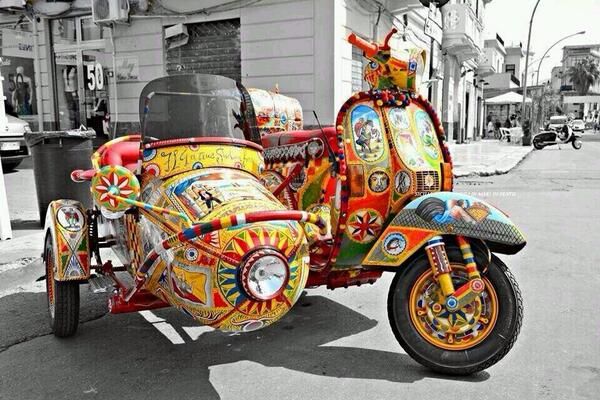

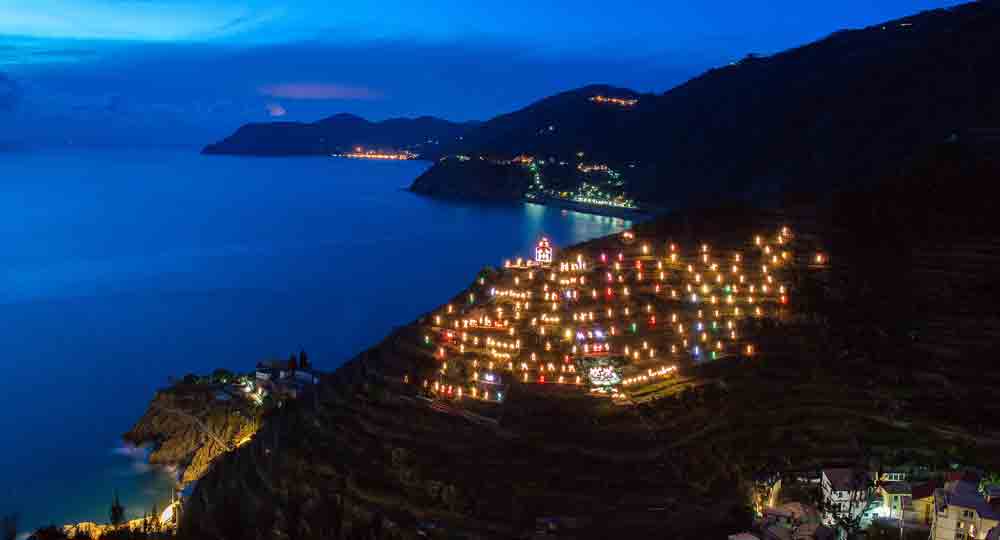
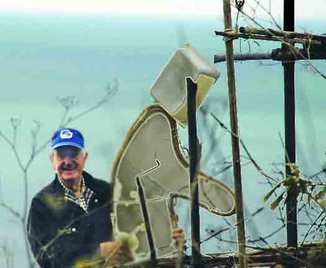

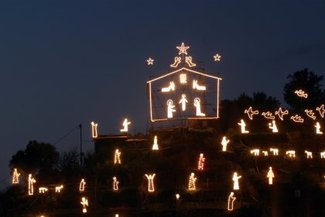
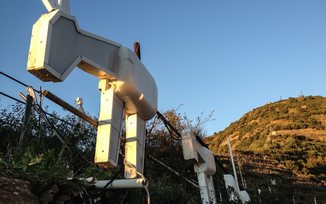

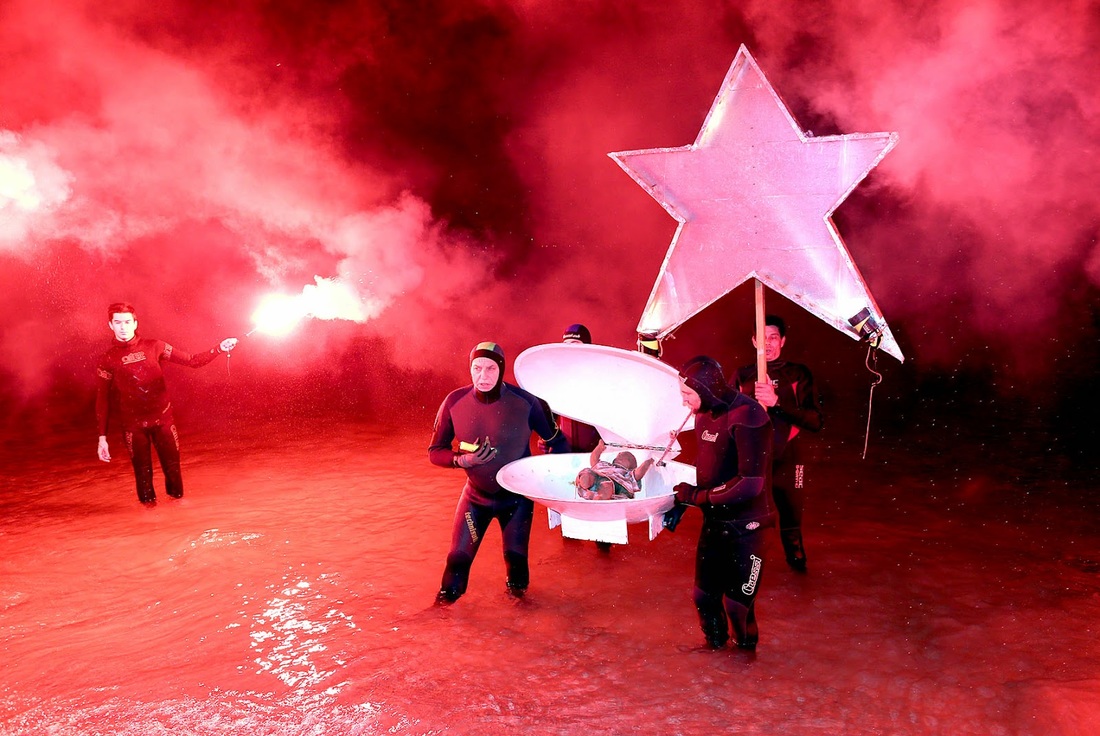
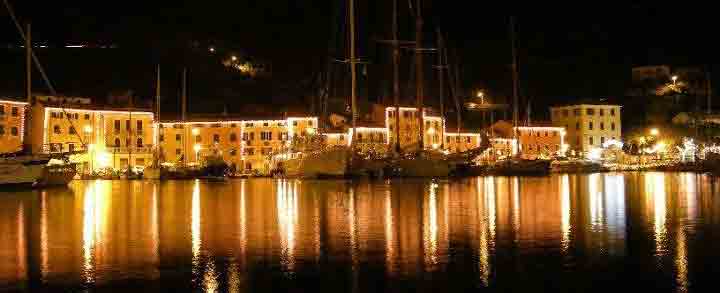
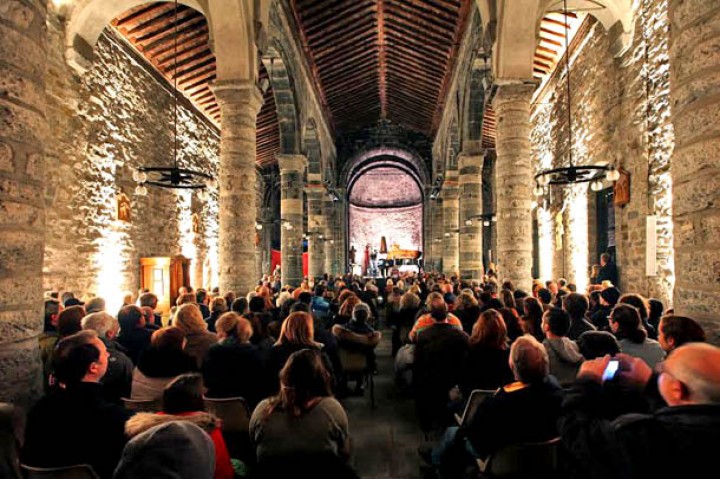
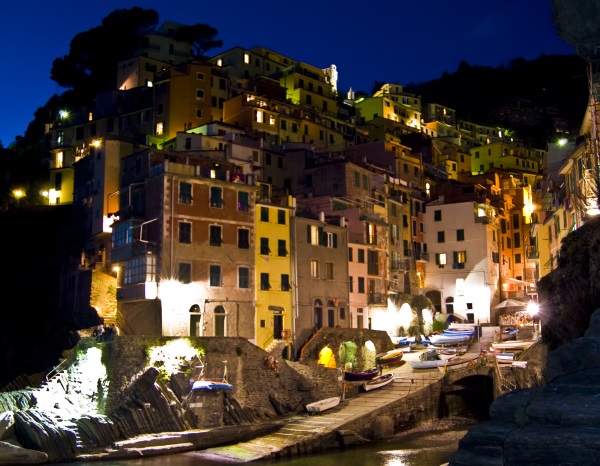
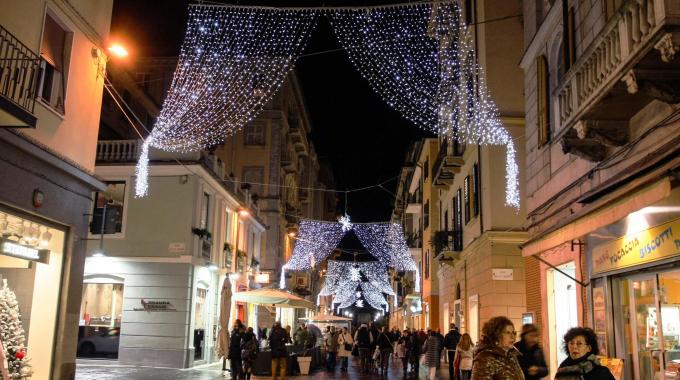

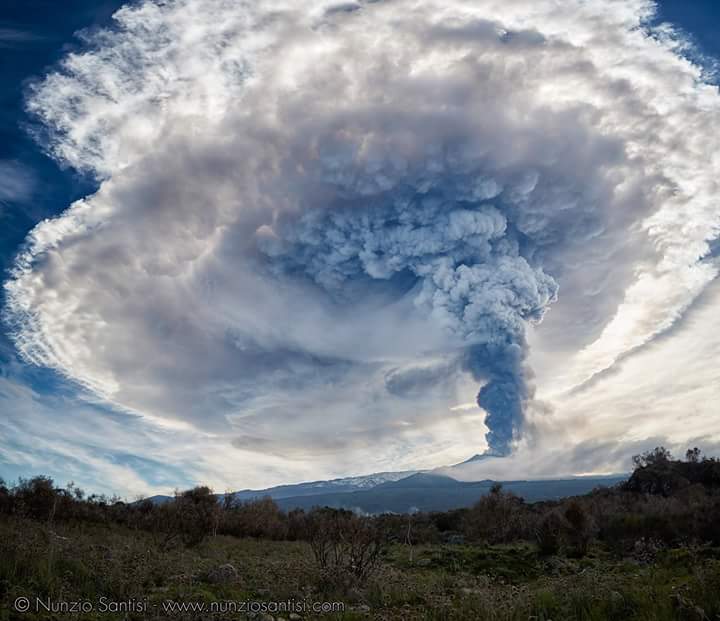

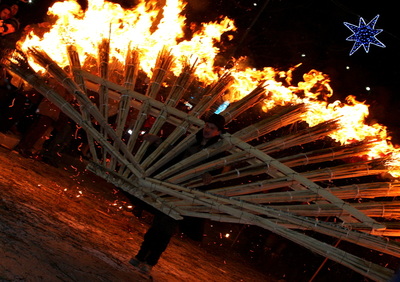

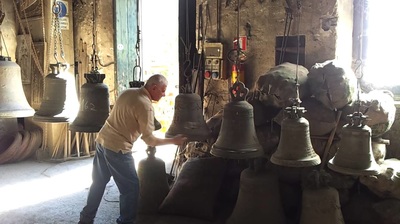
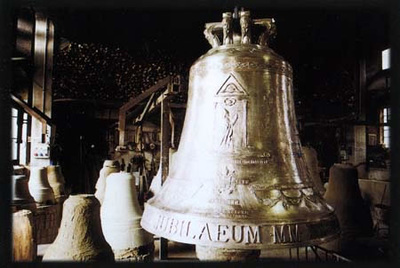


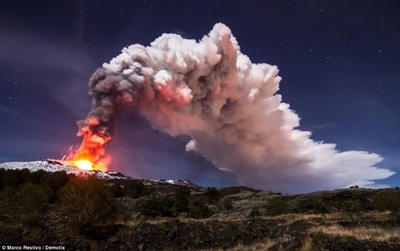


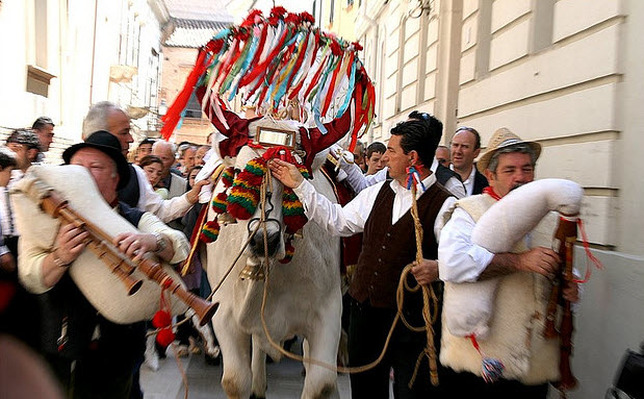


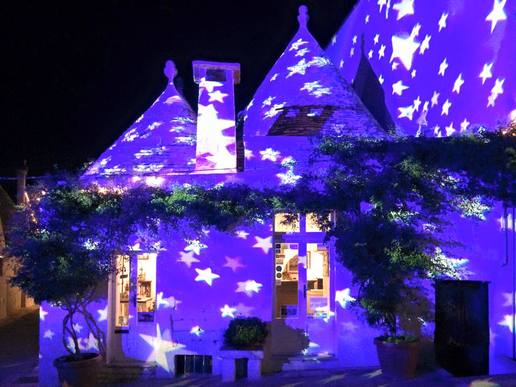



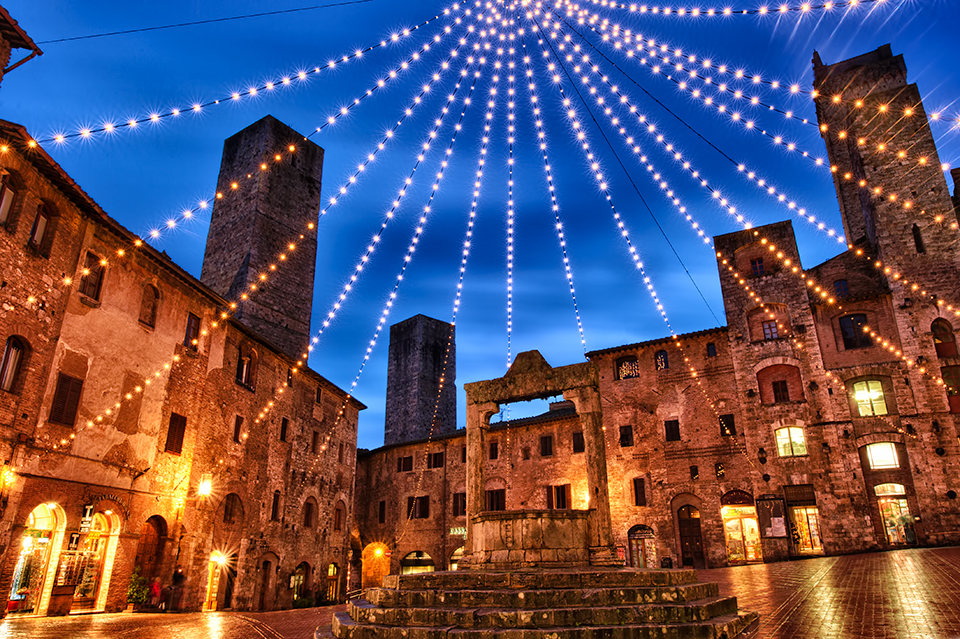
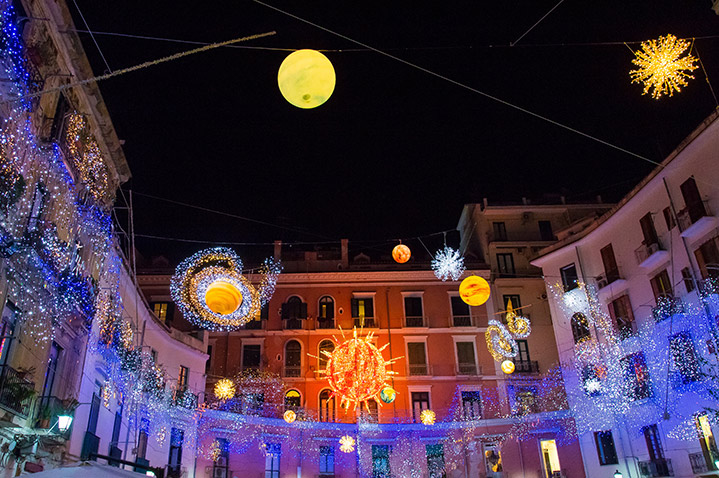
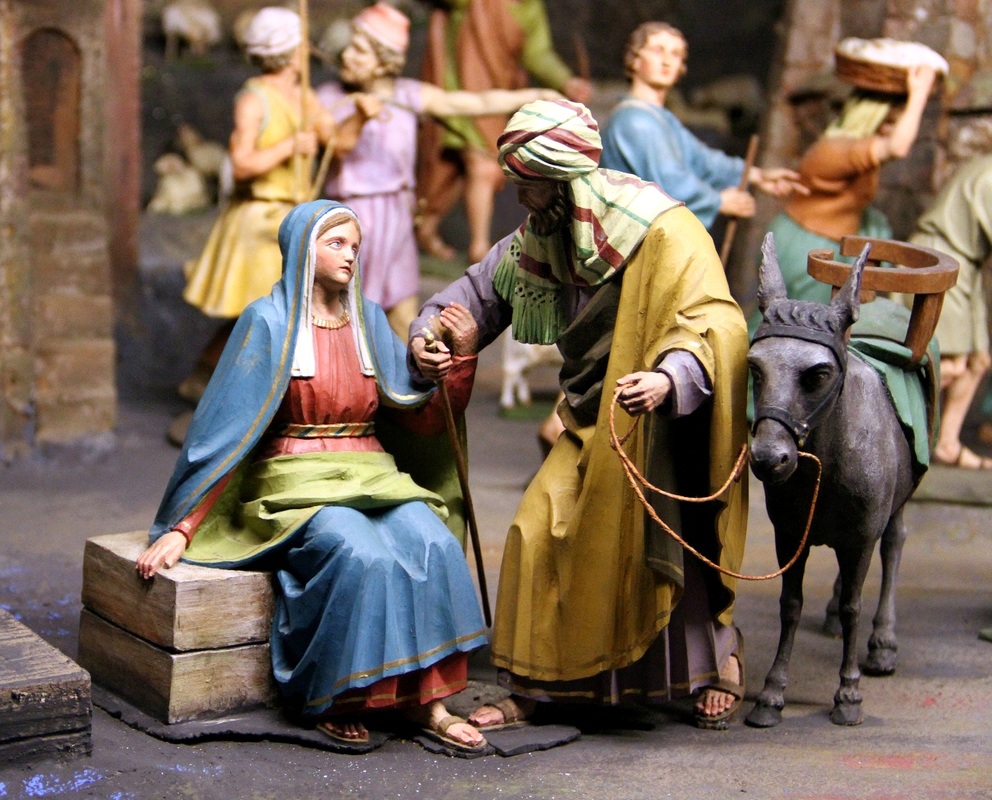
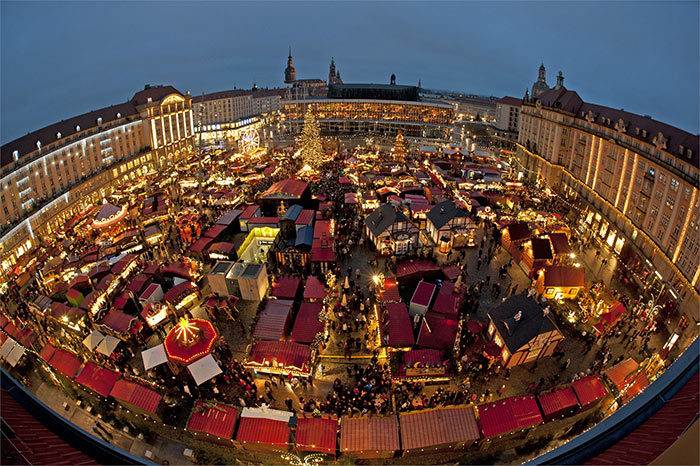
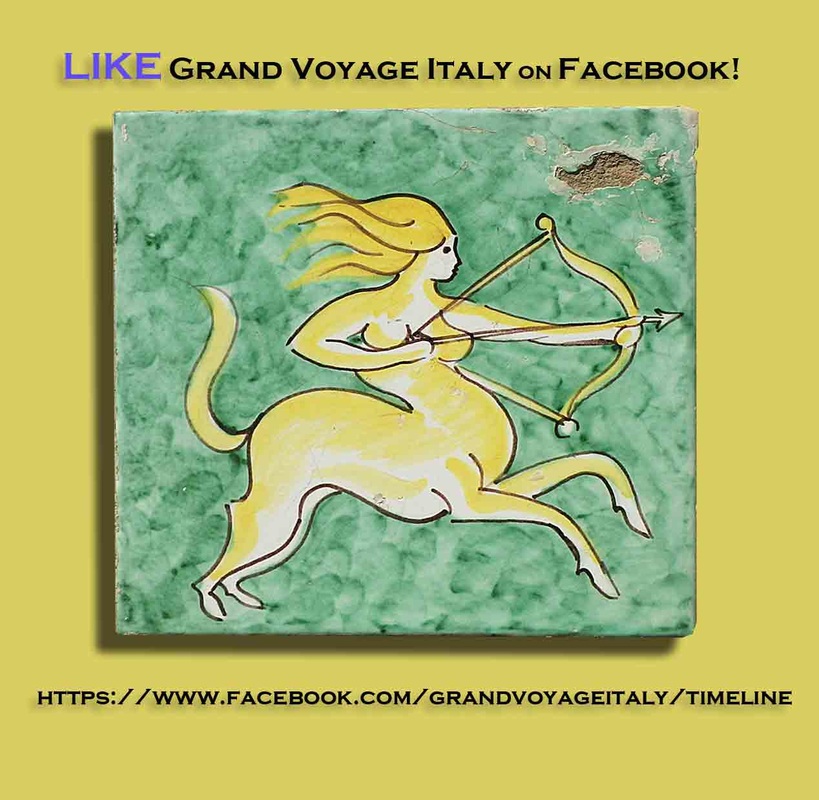
 RSS Feed
RSS Feed
